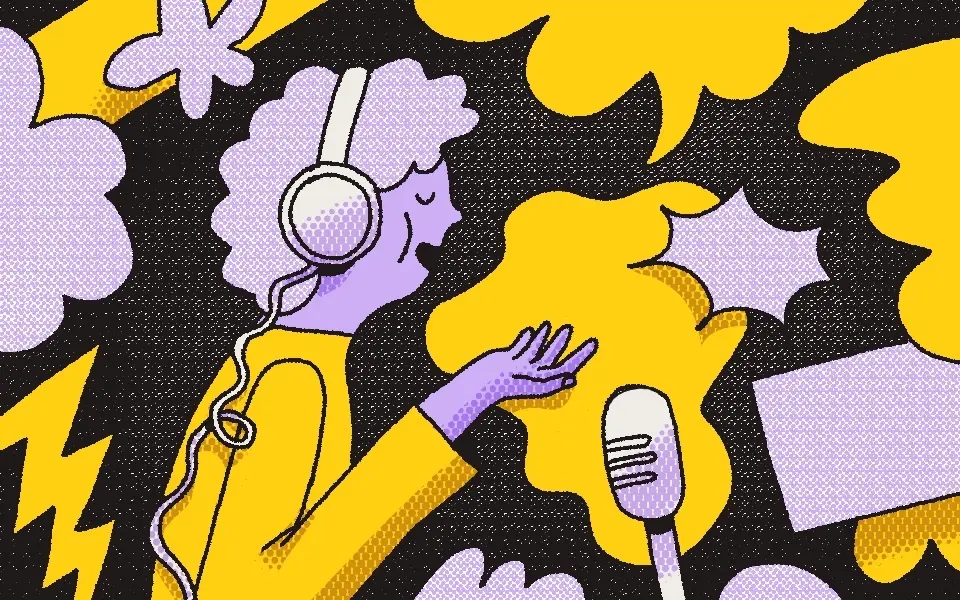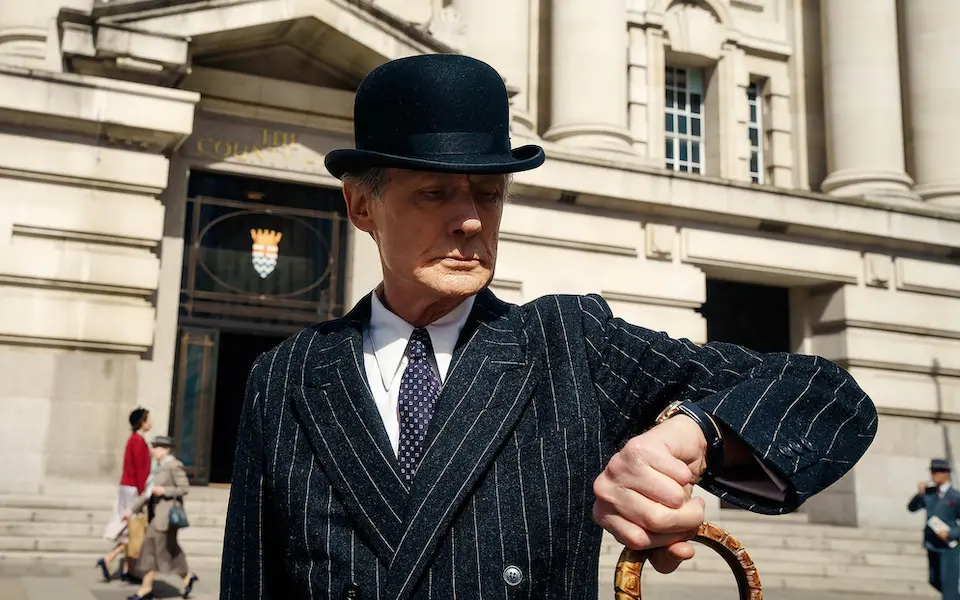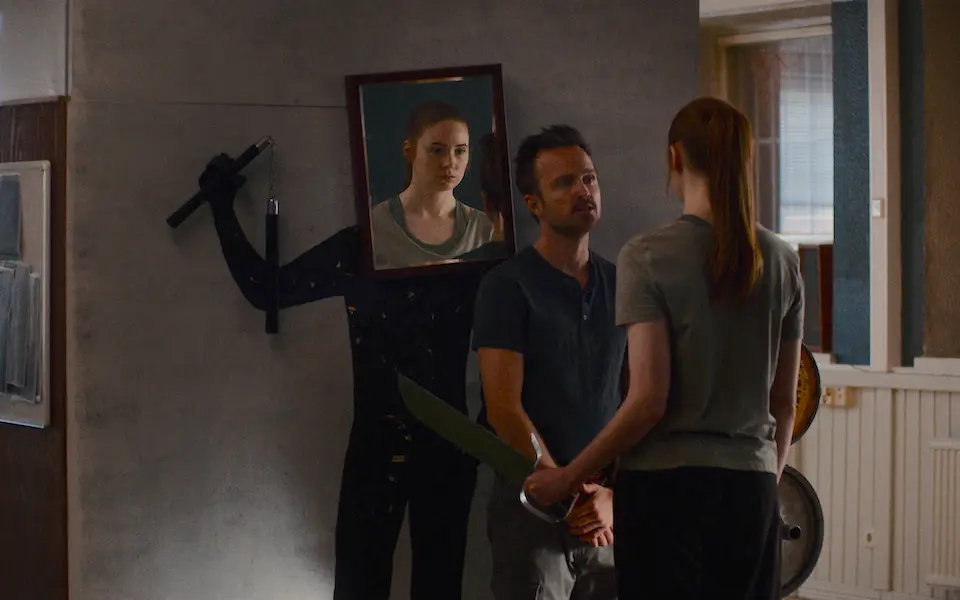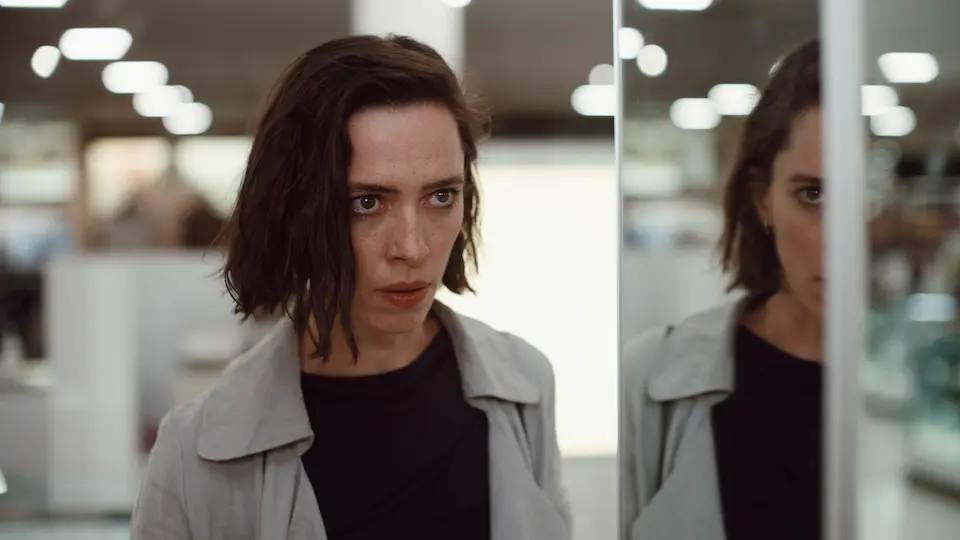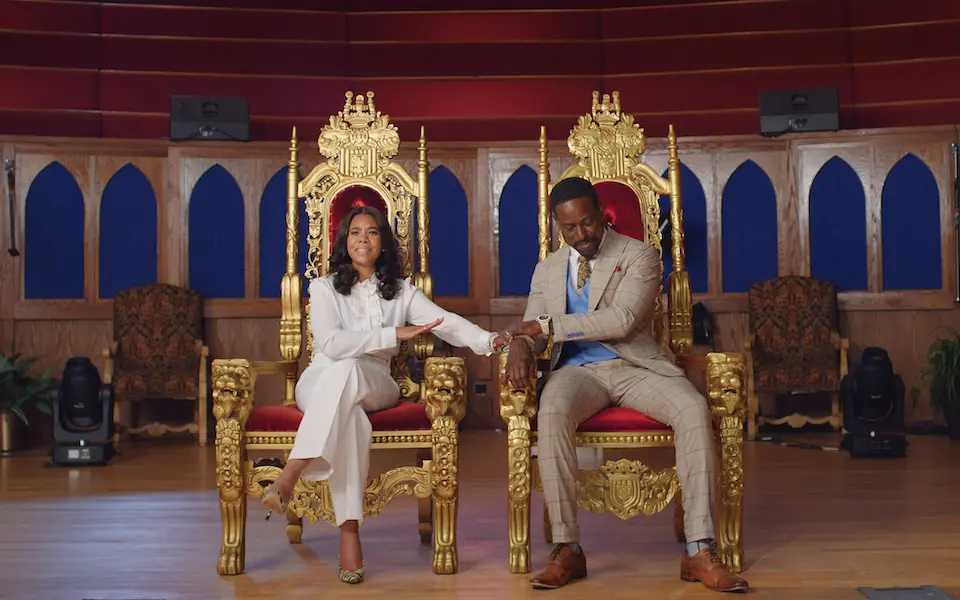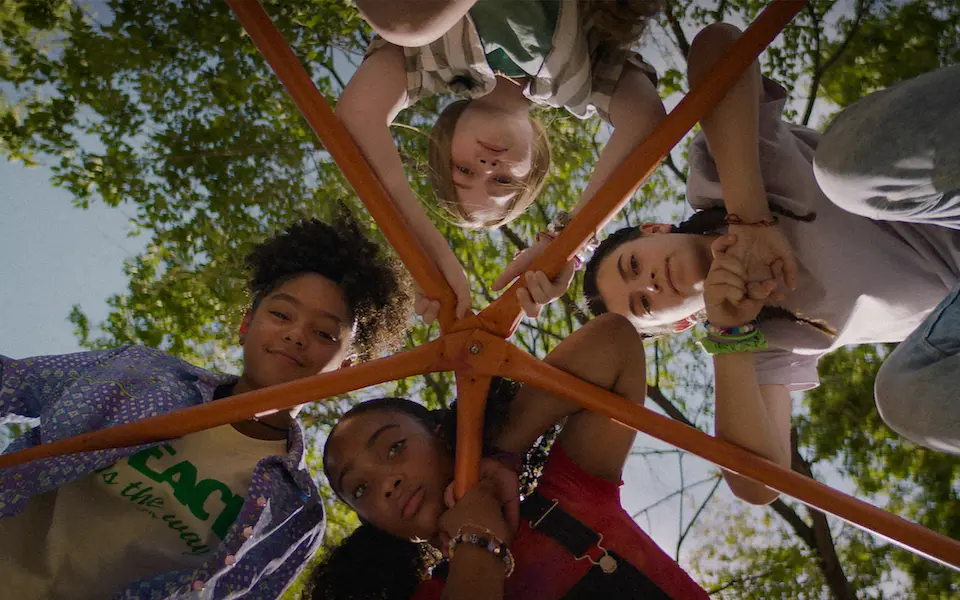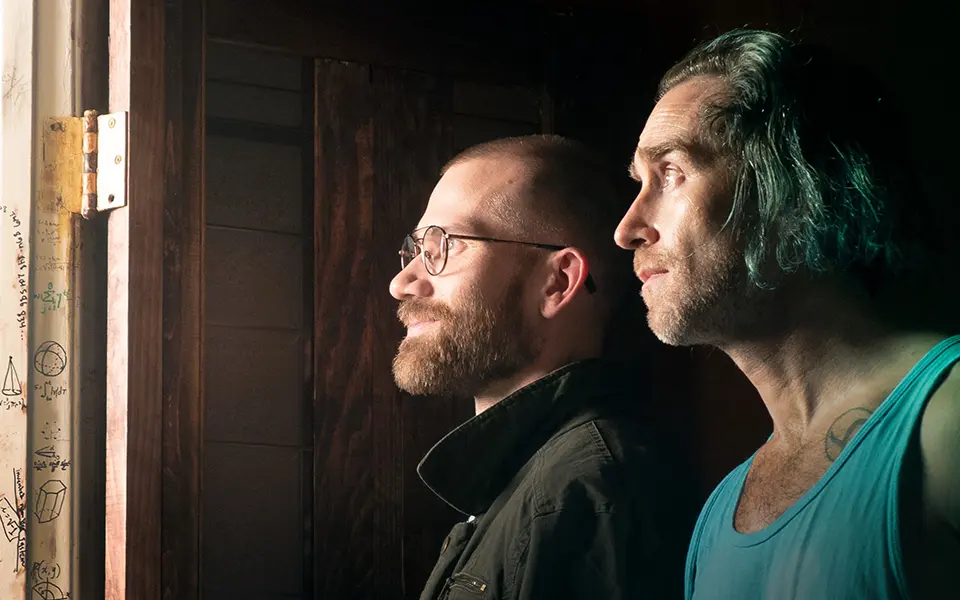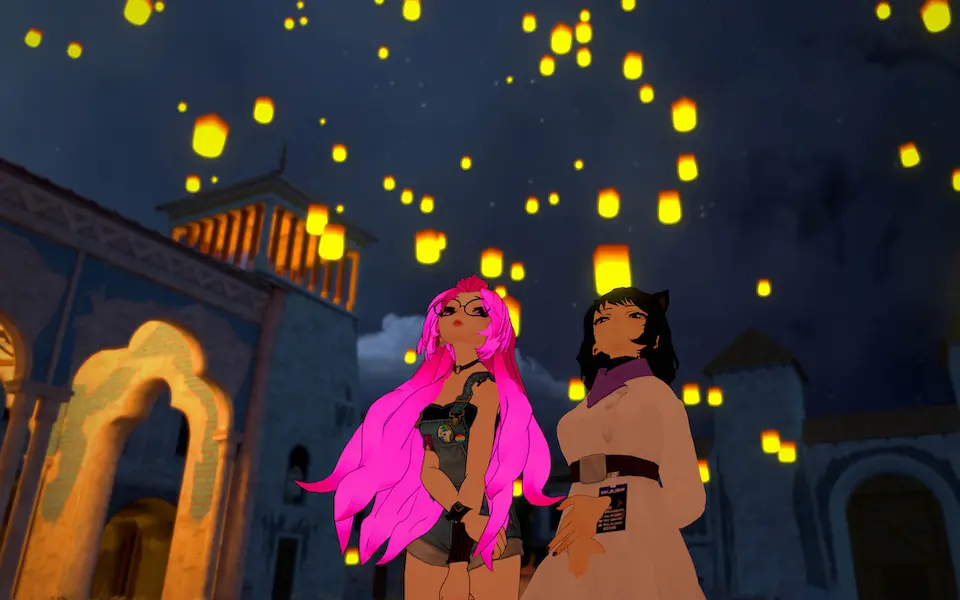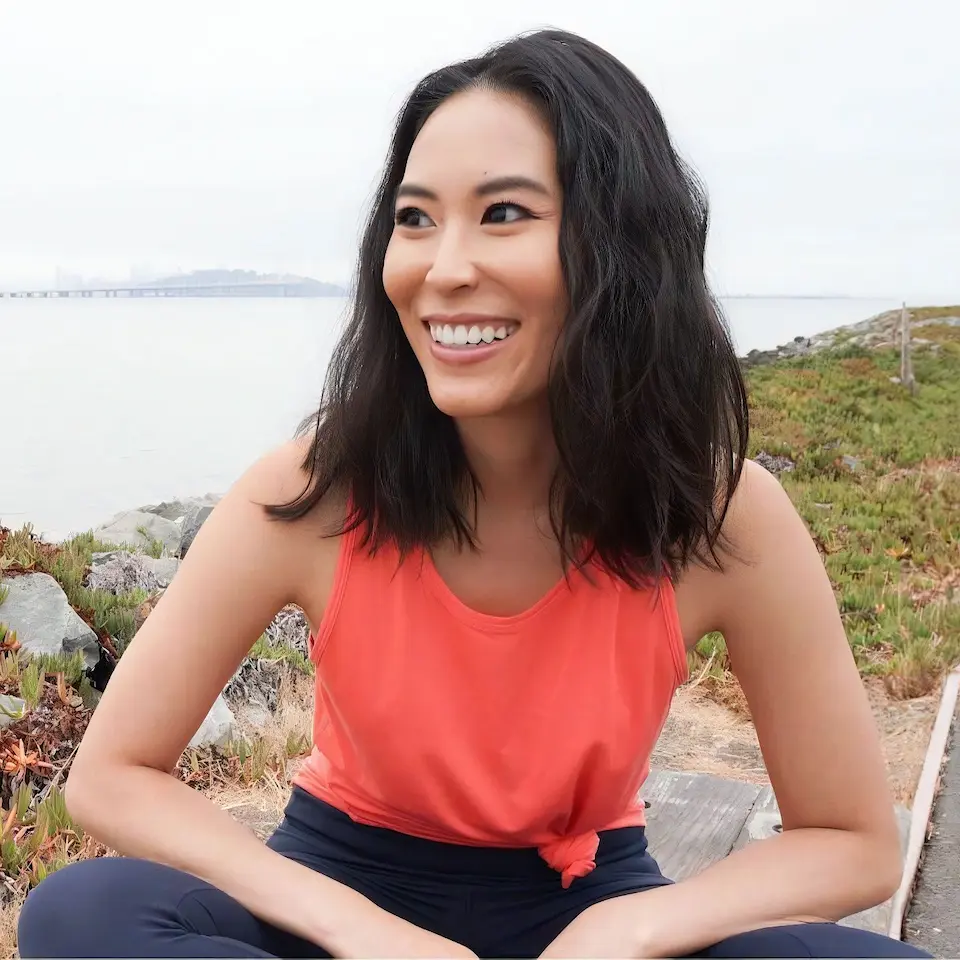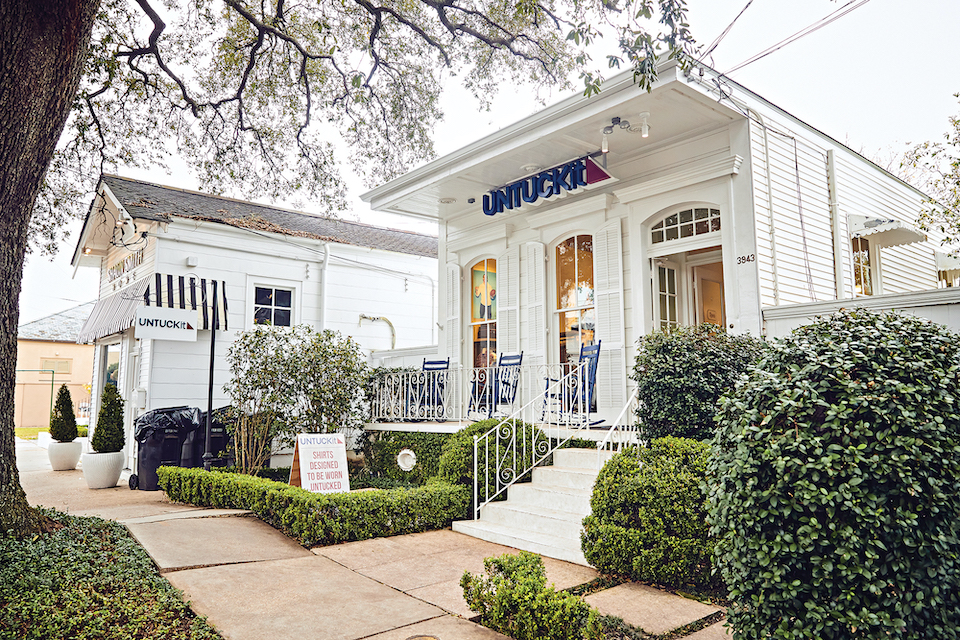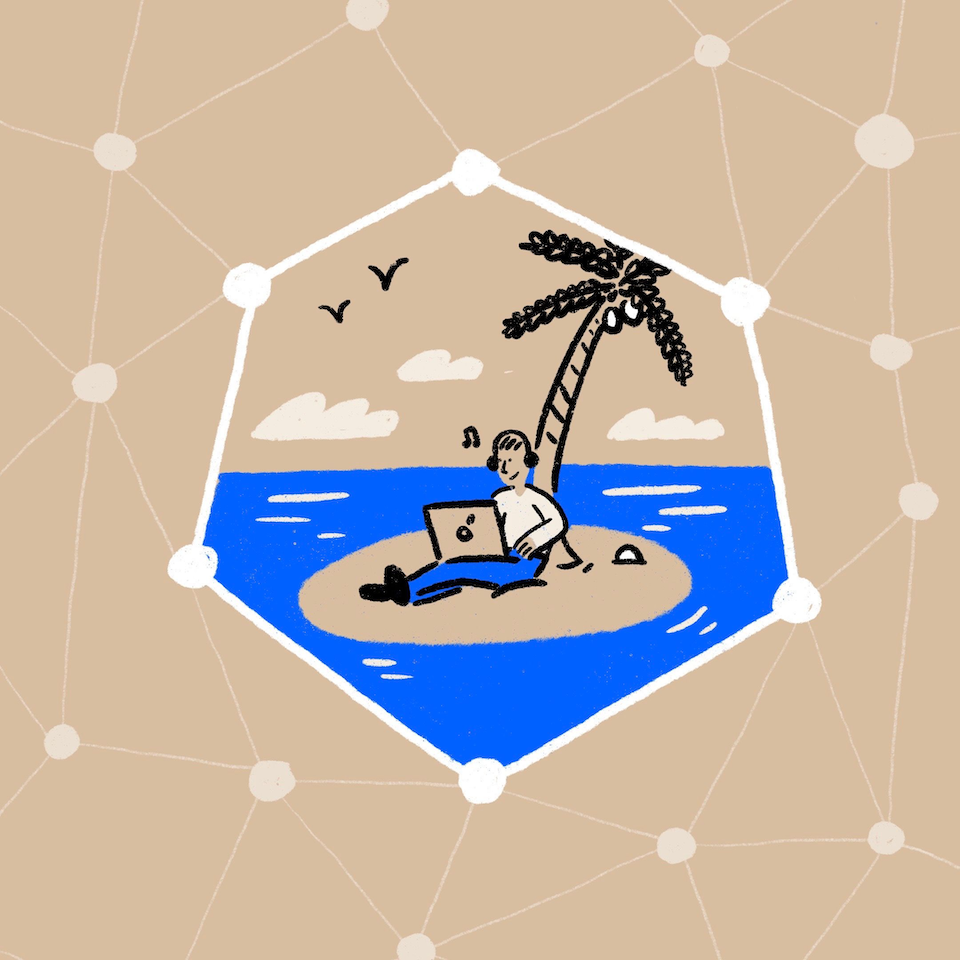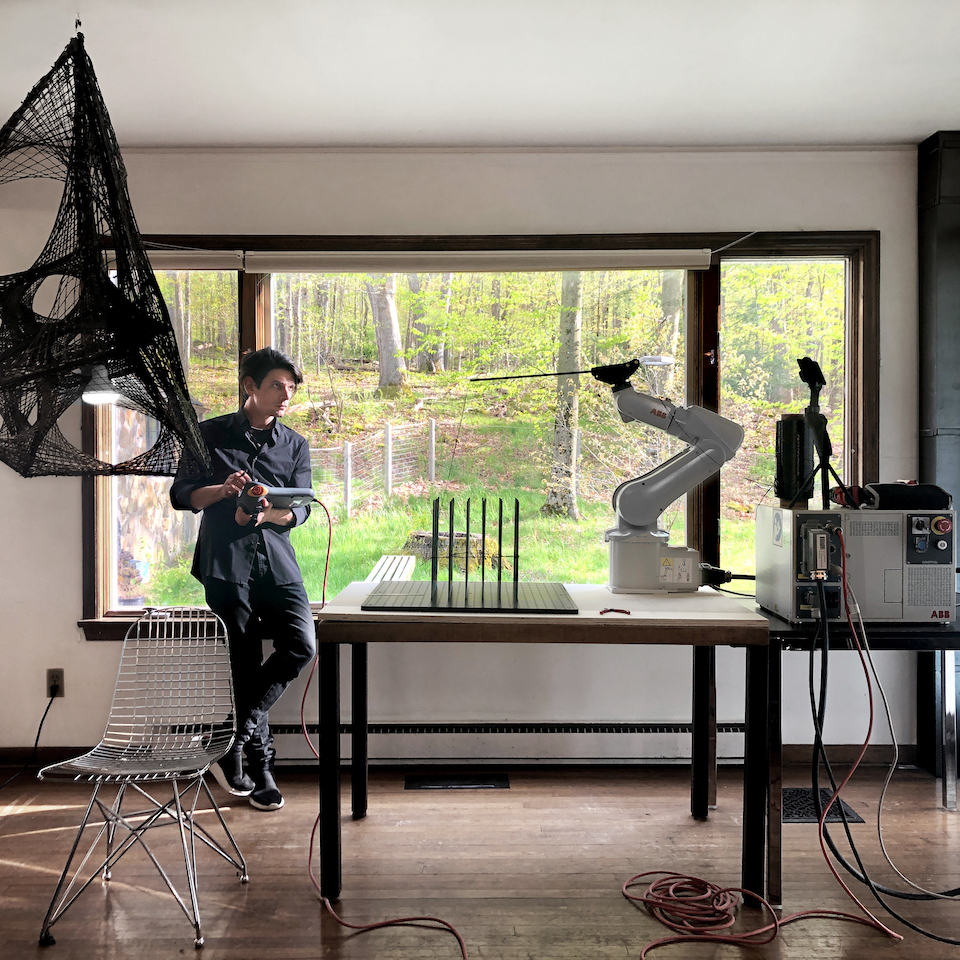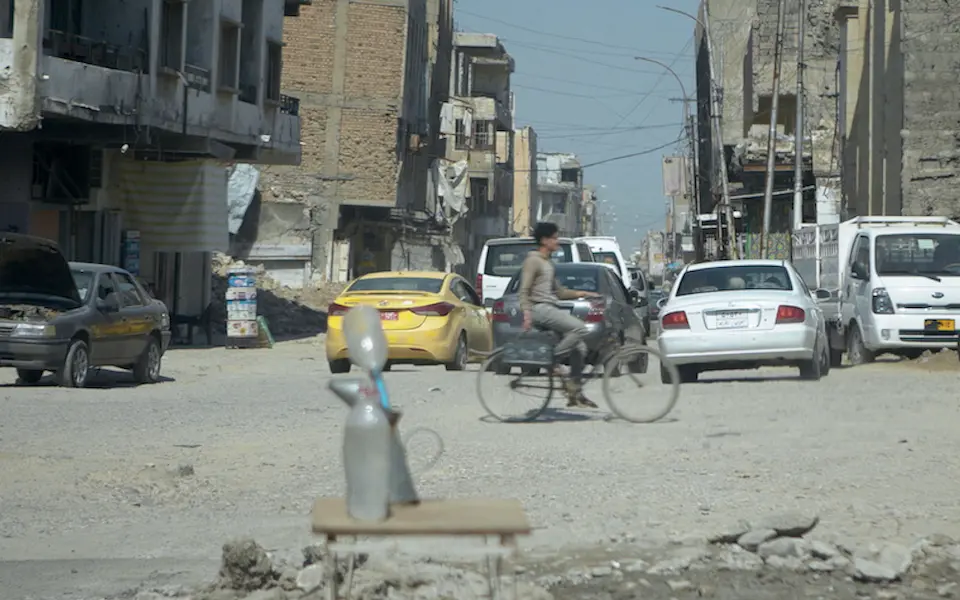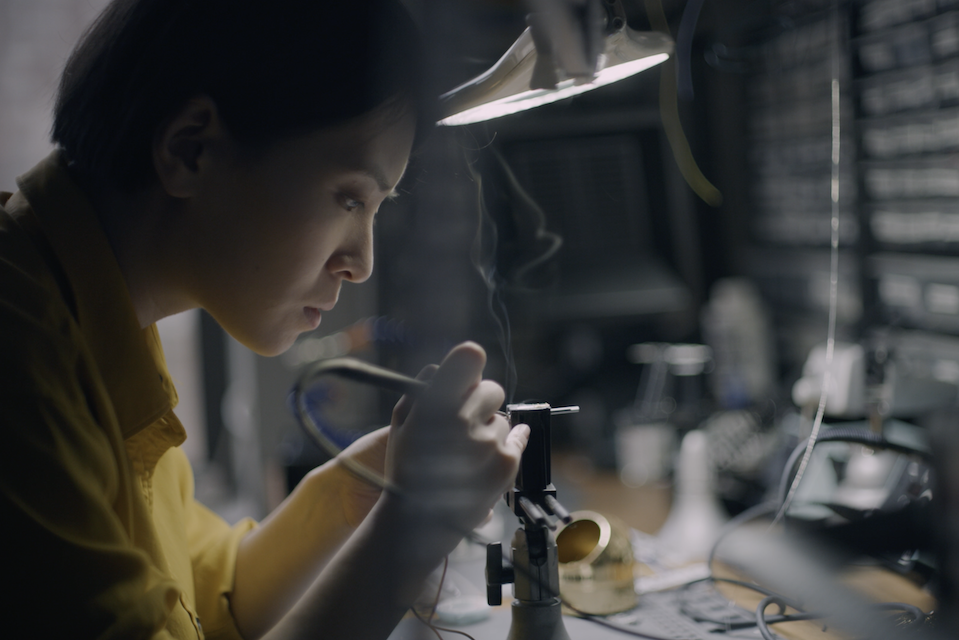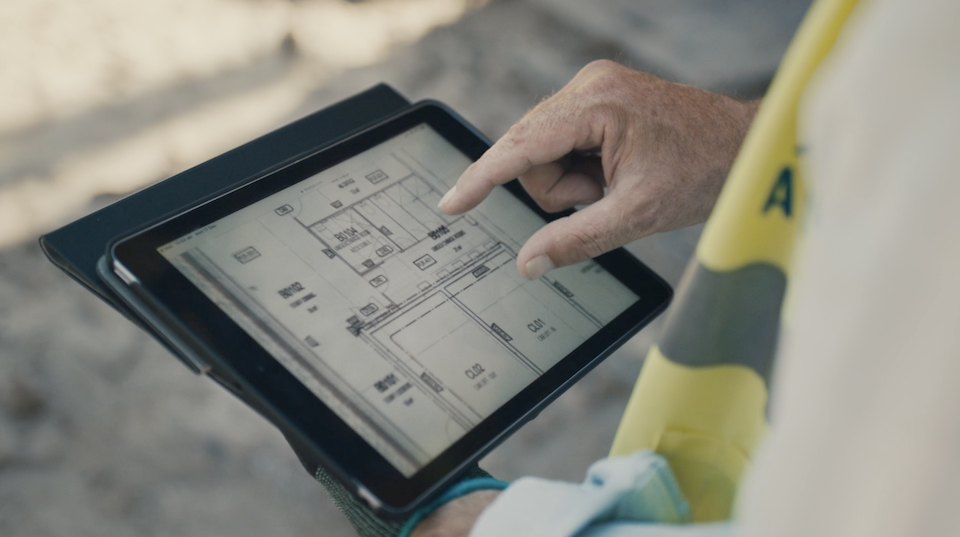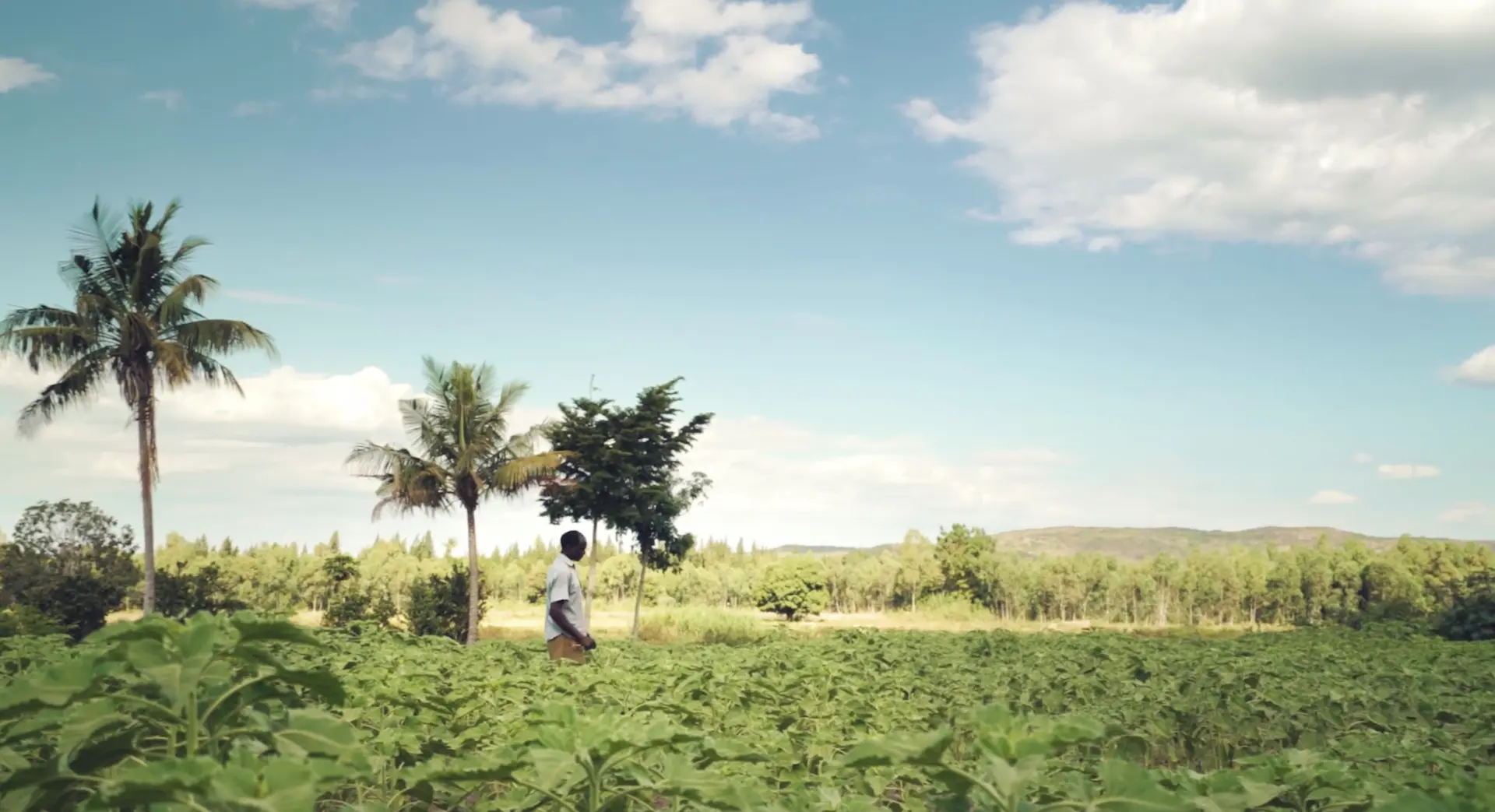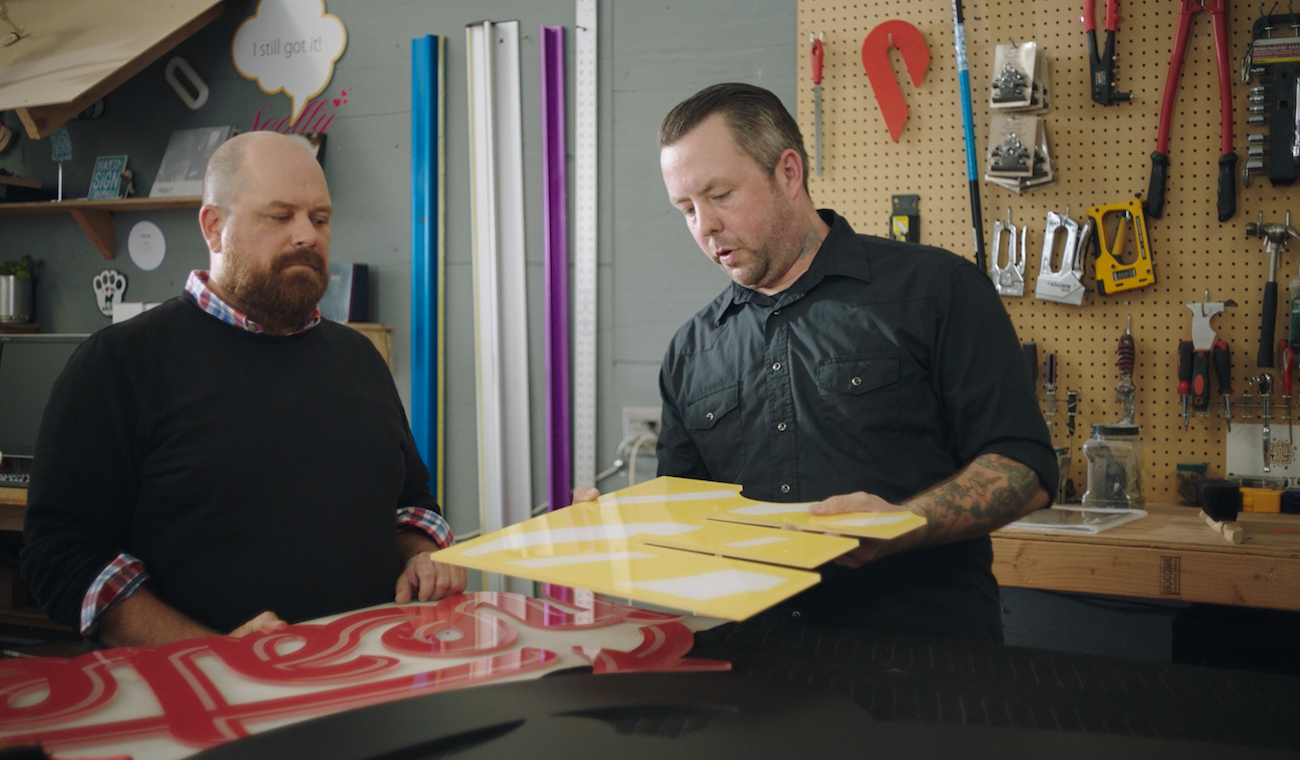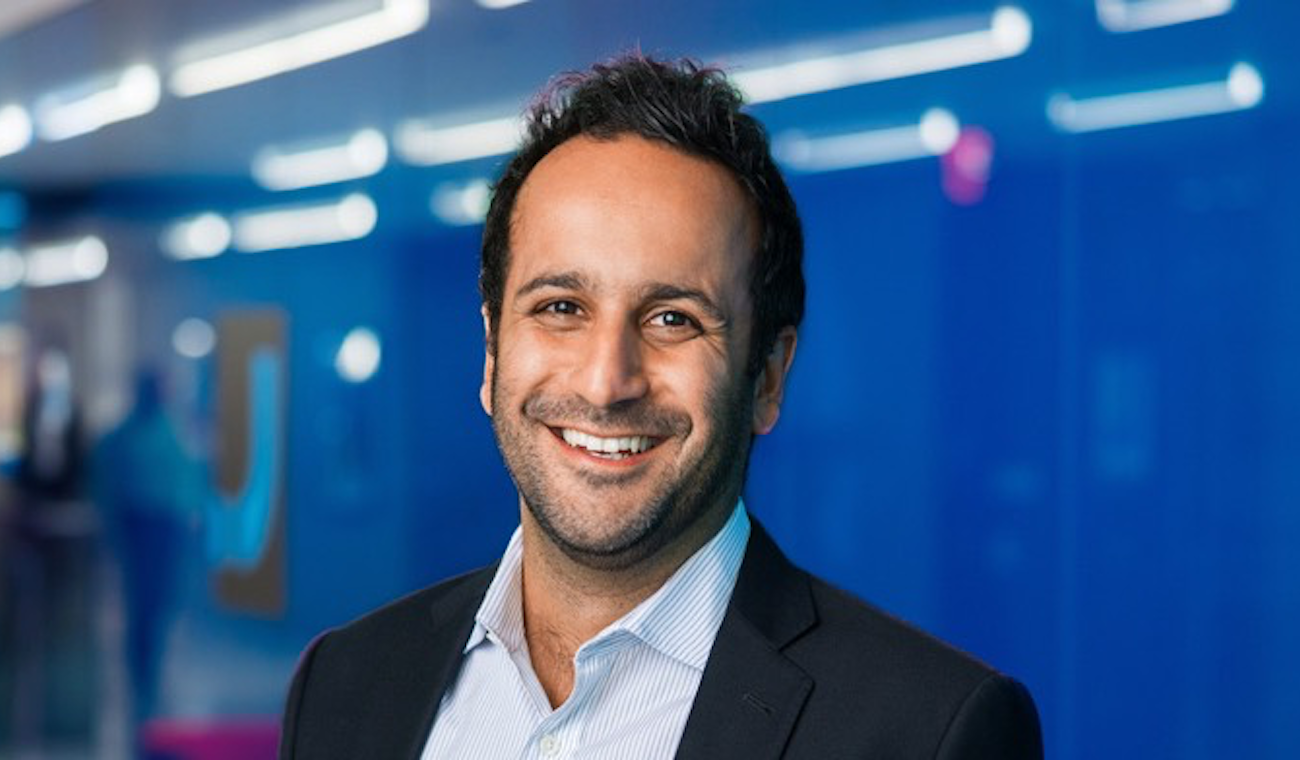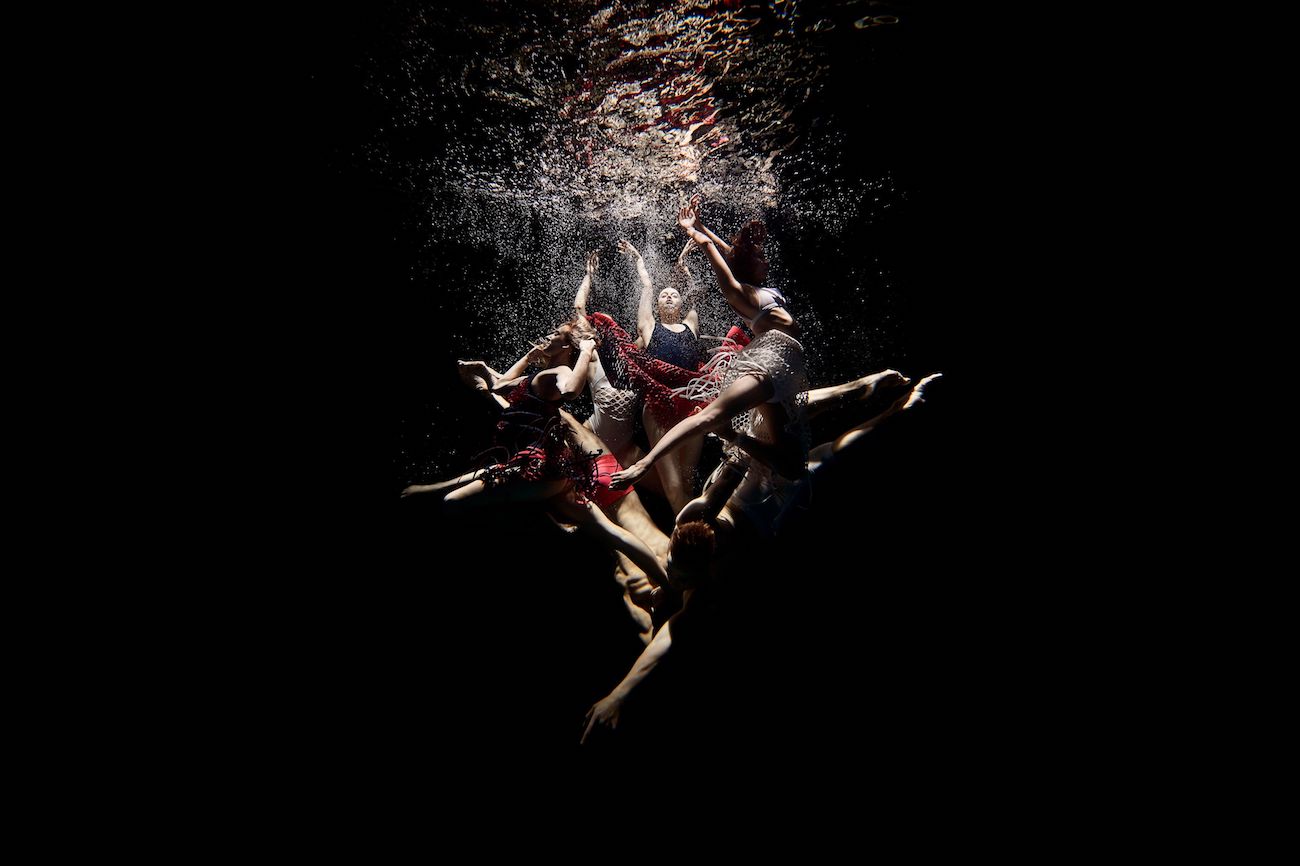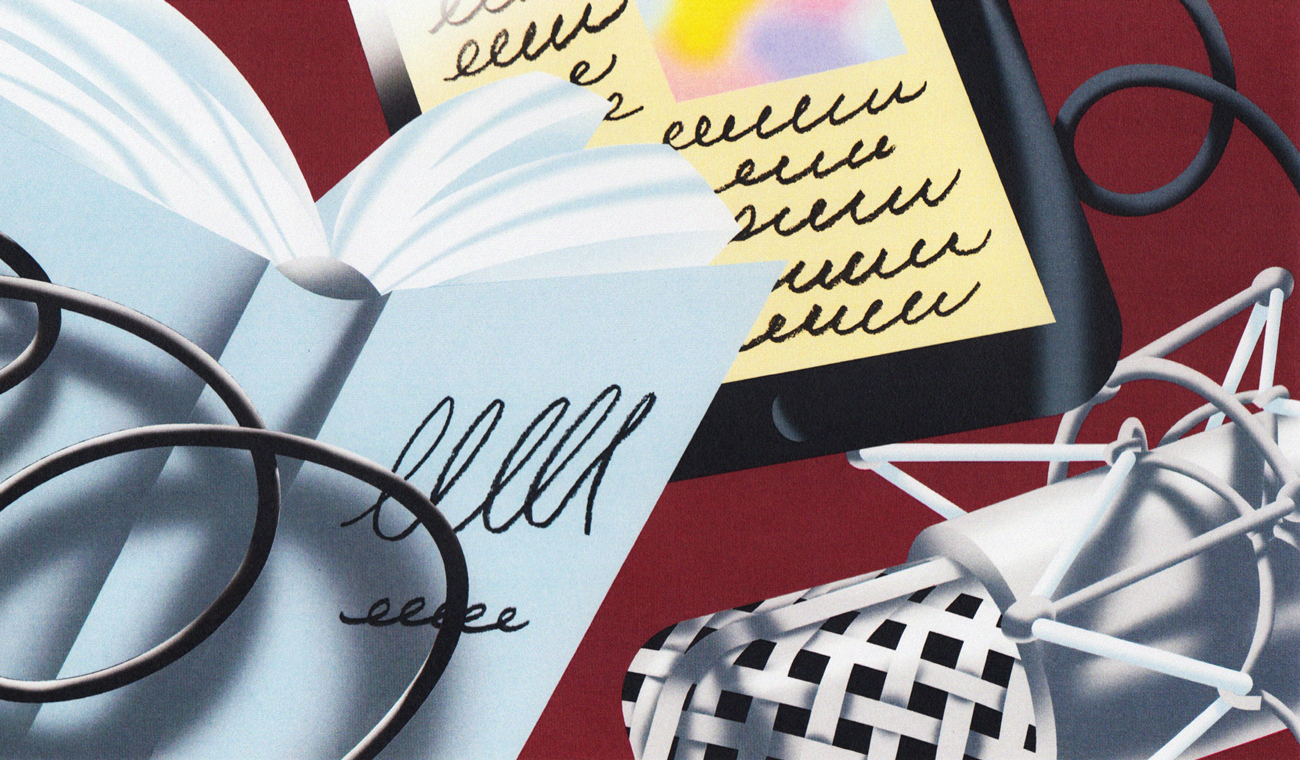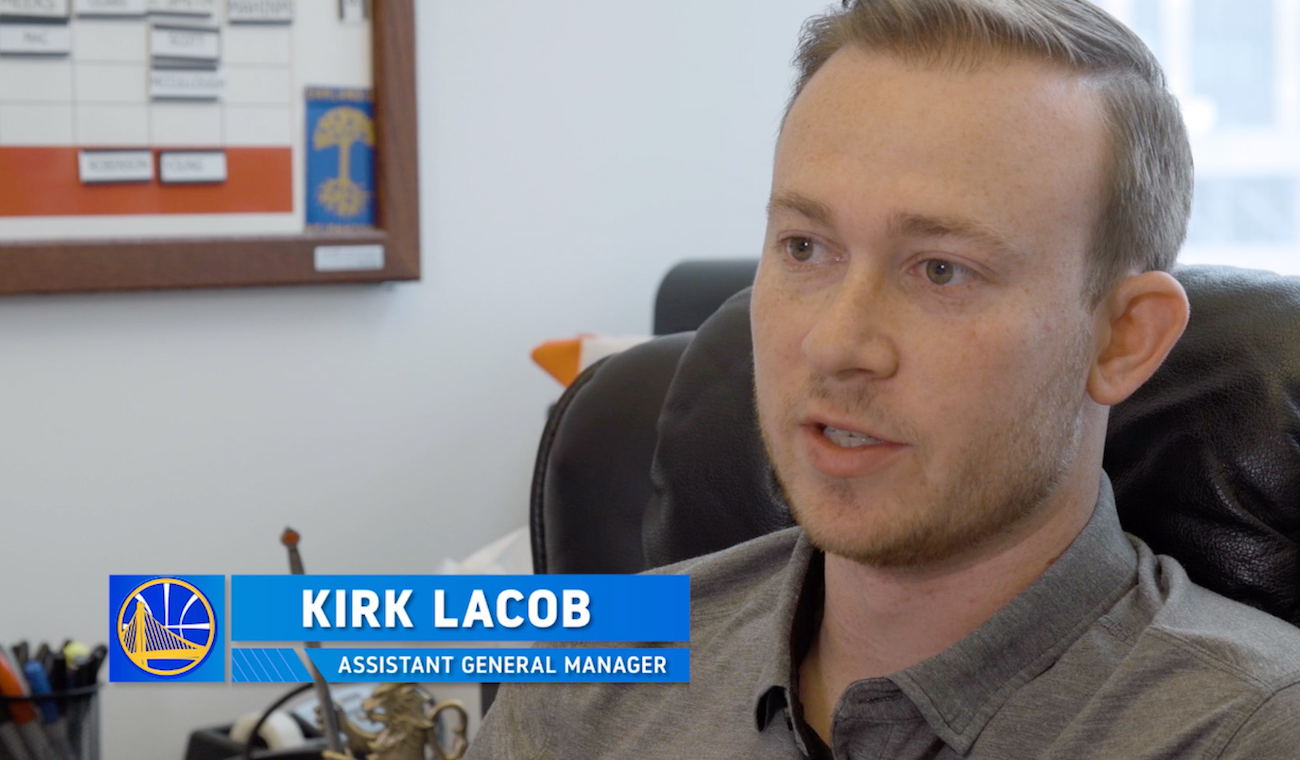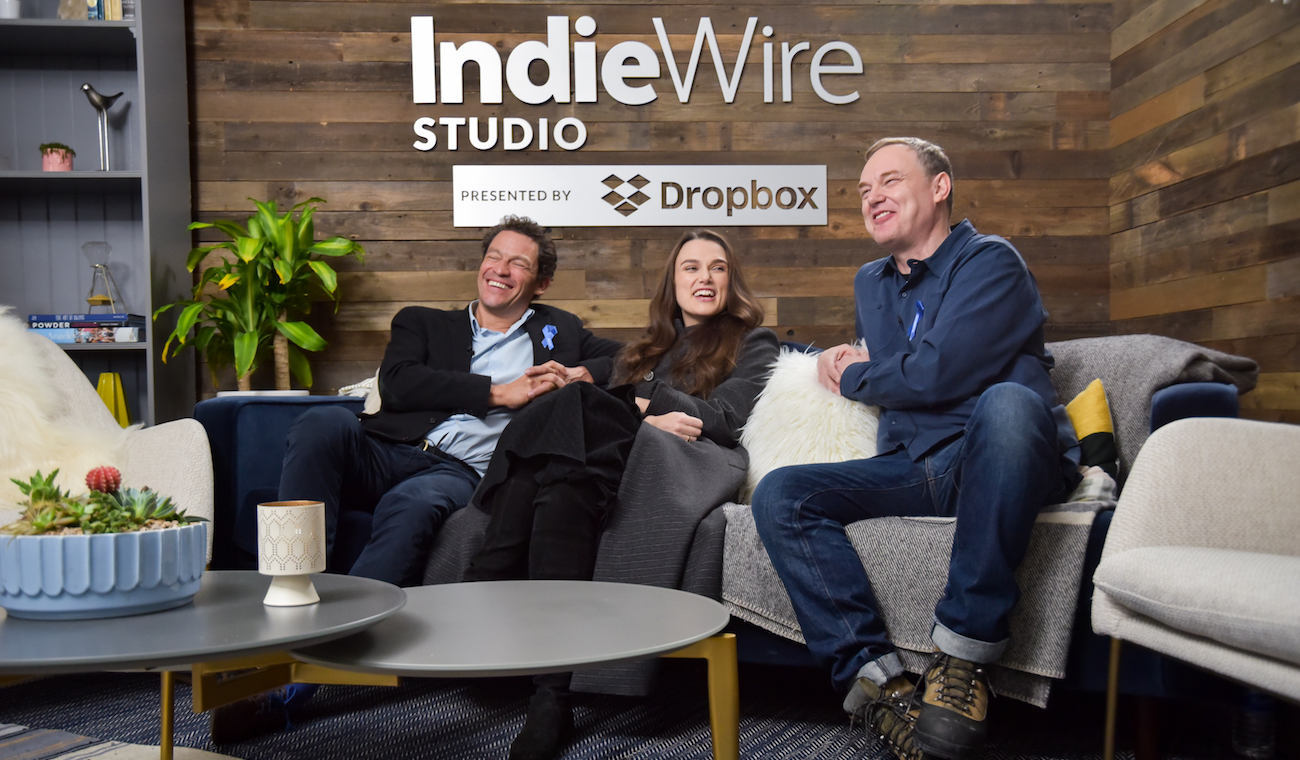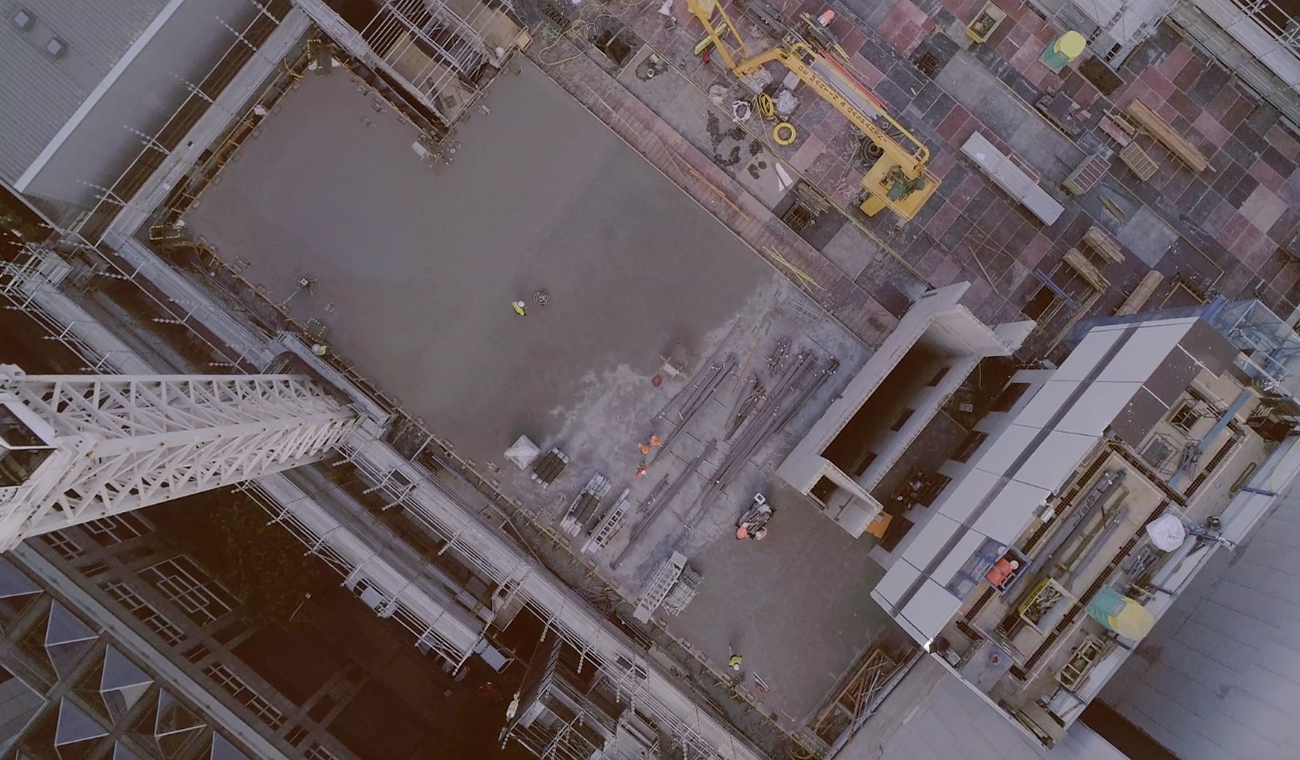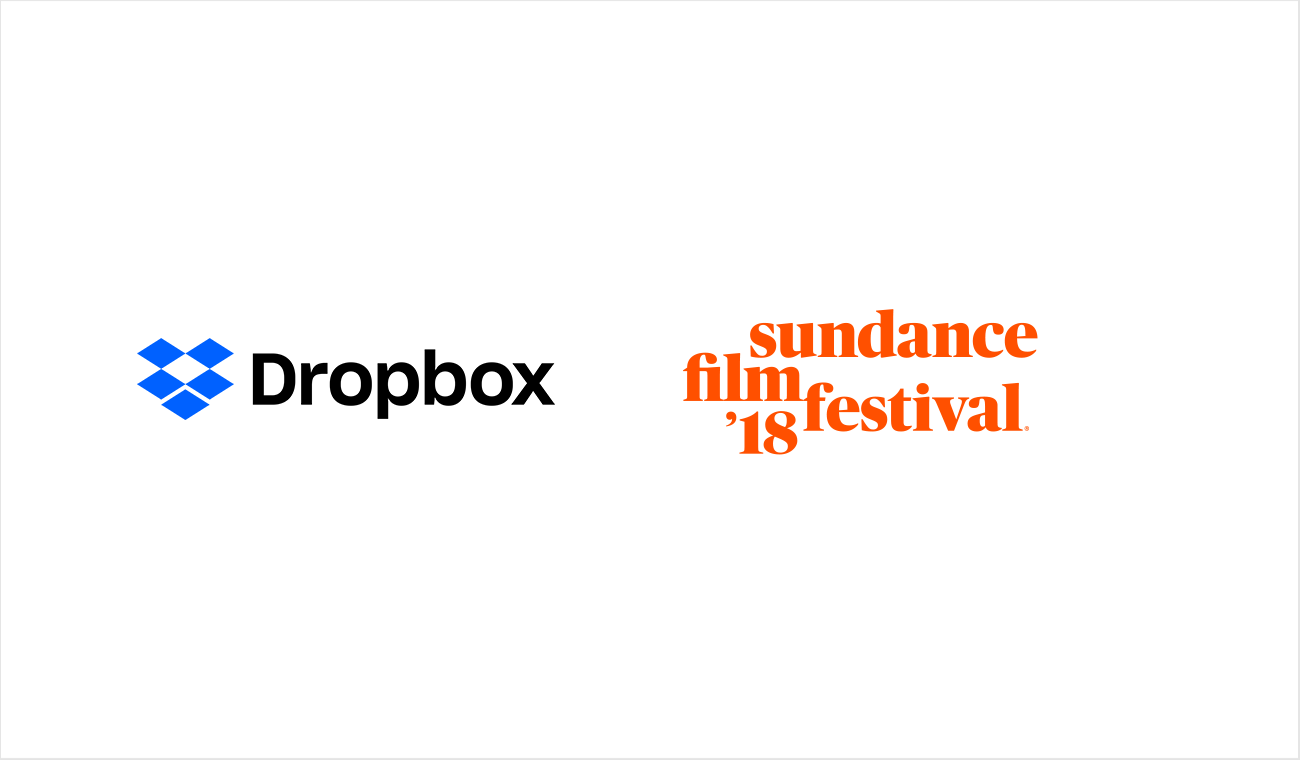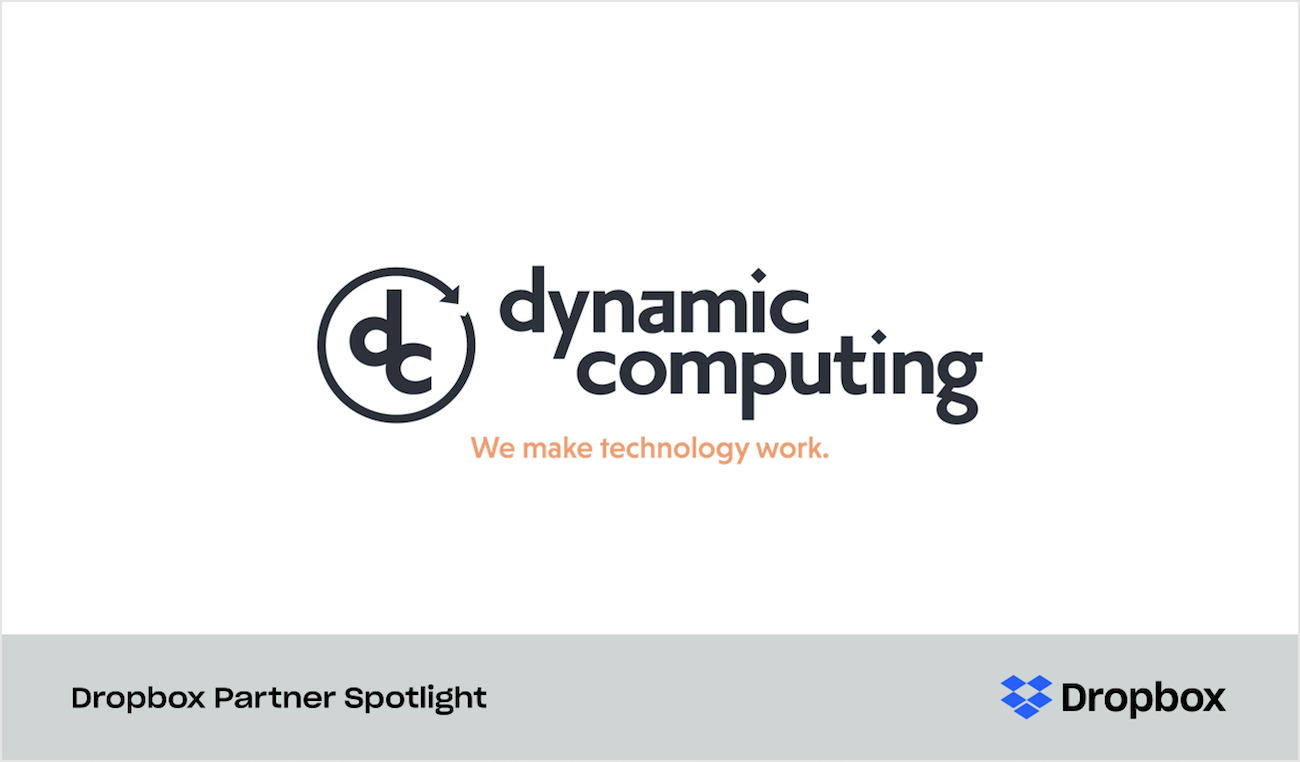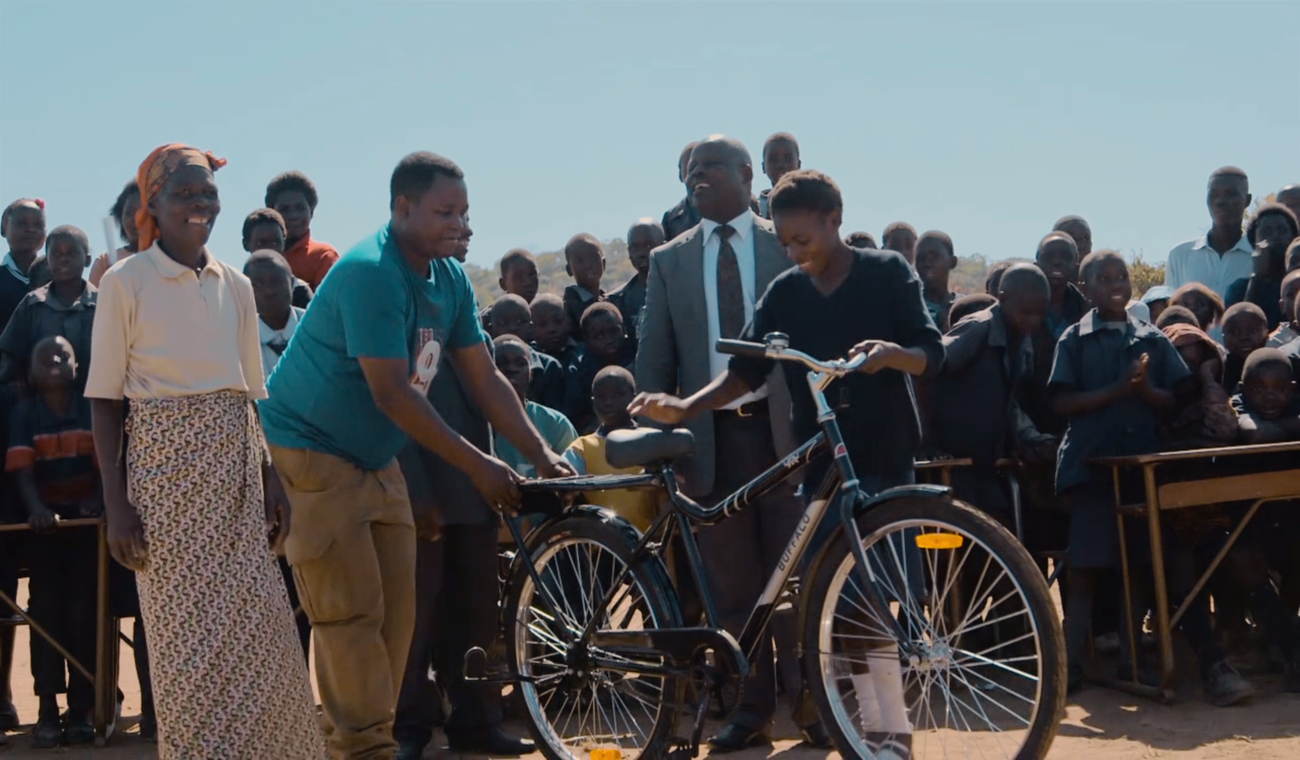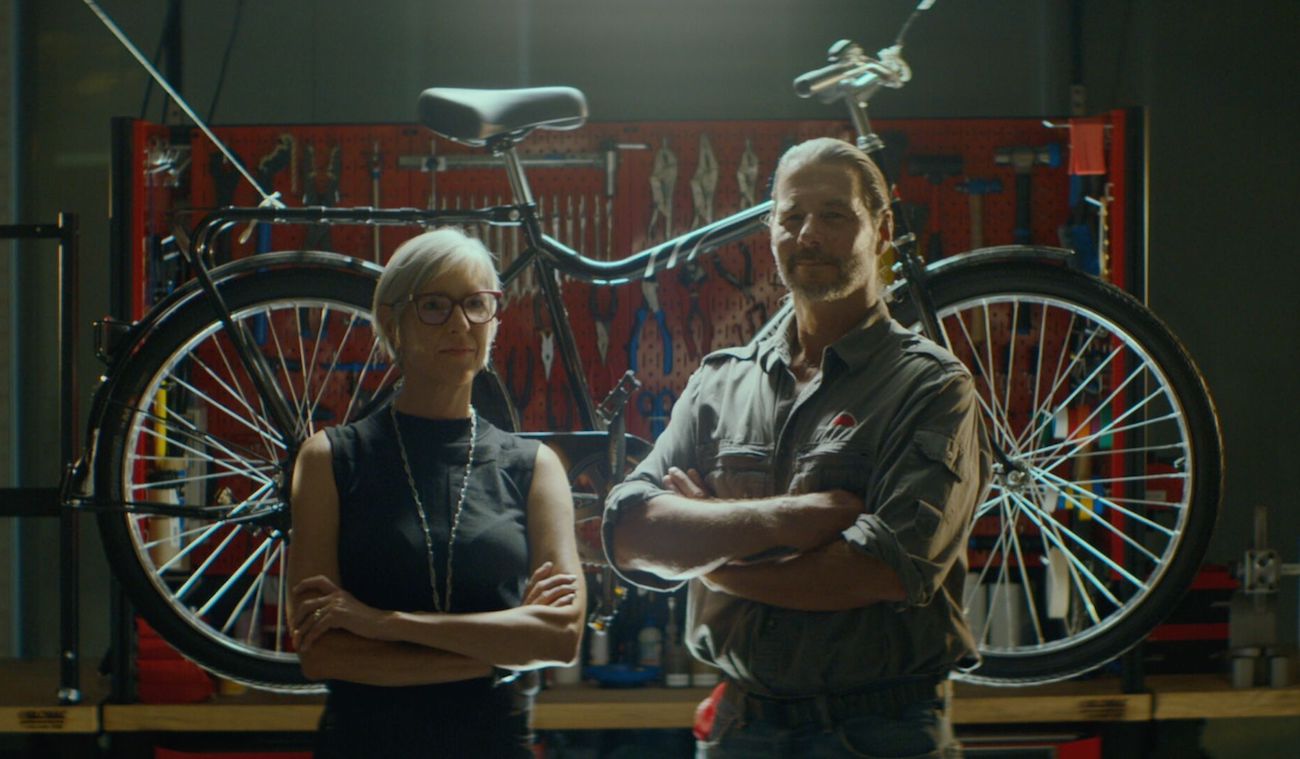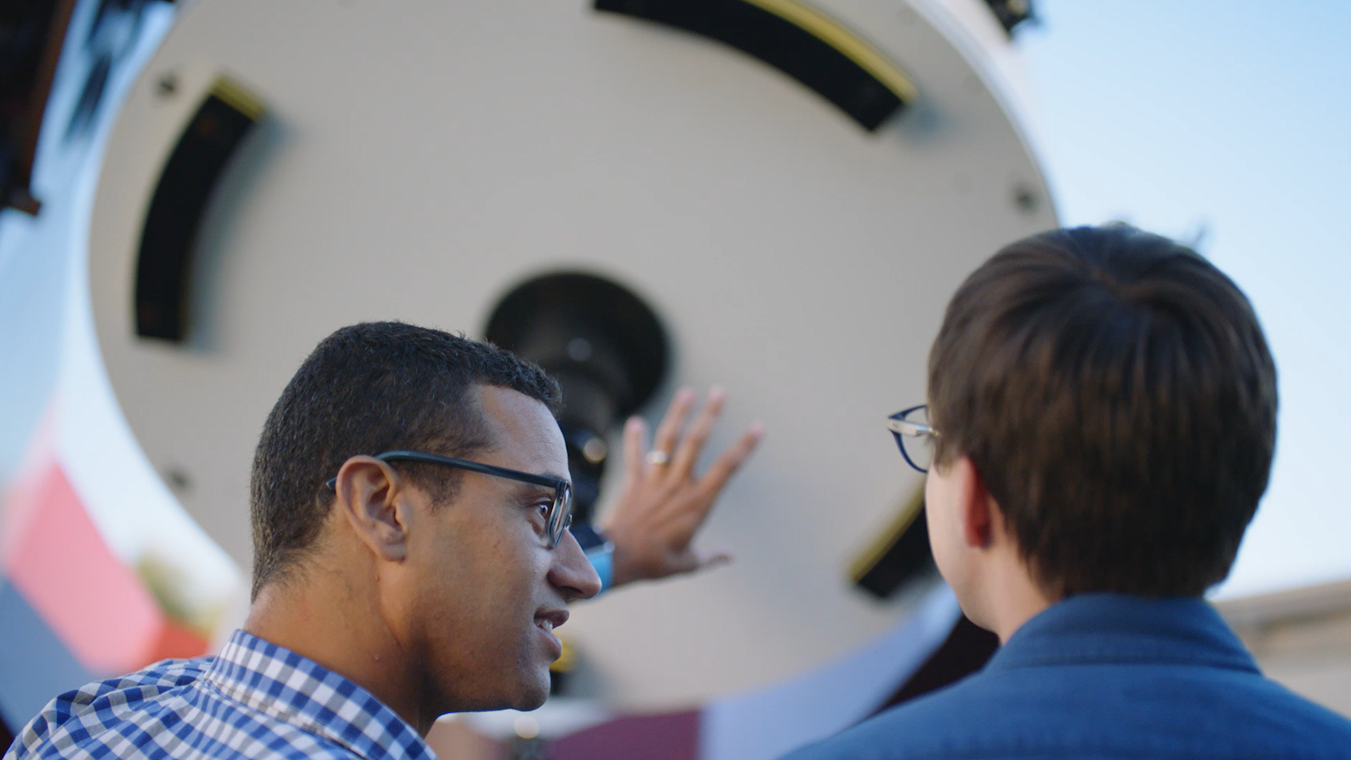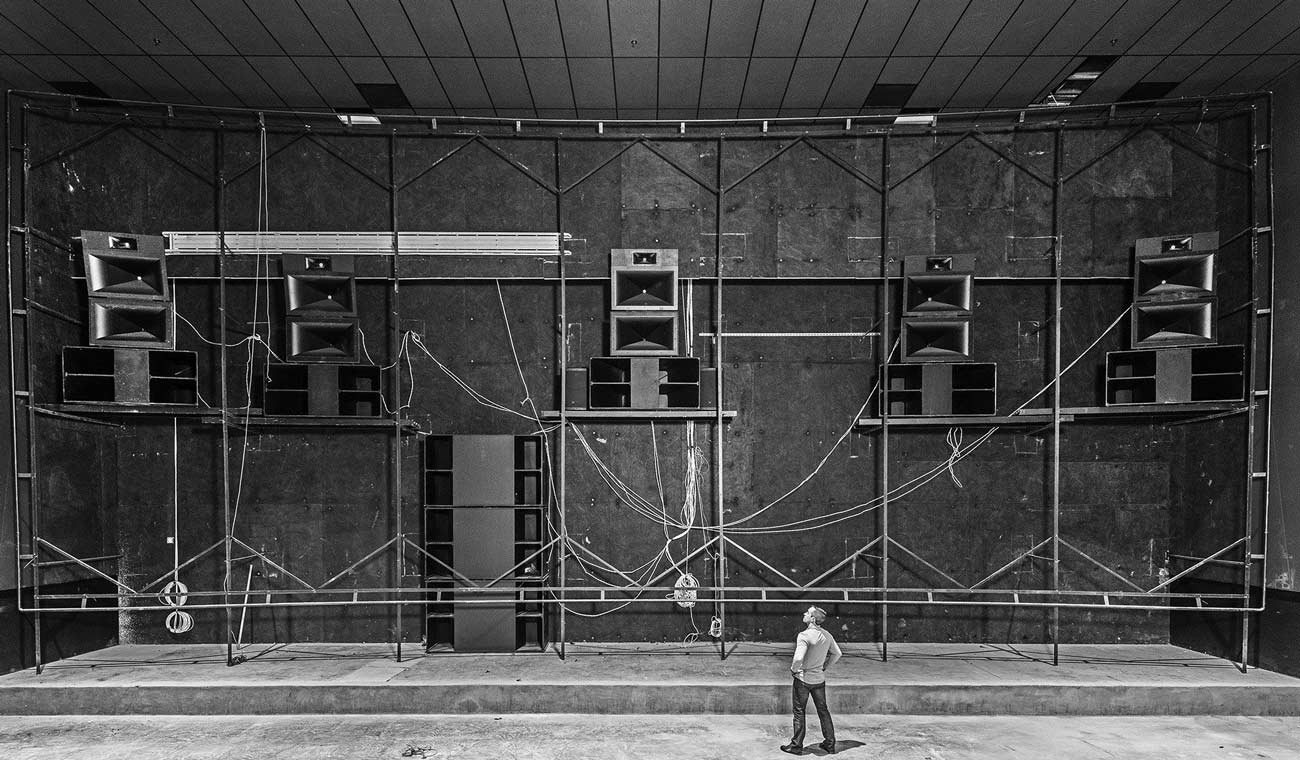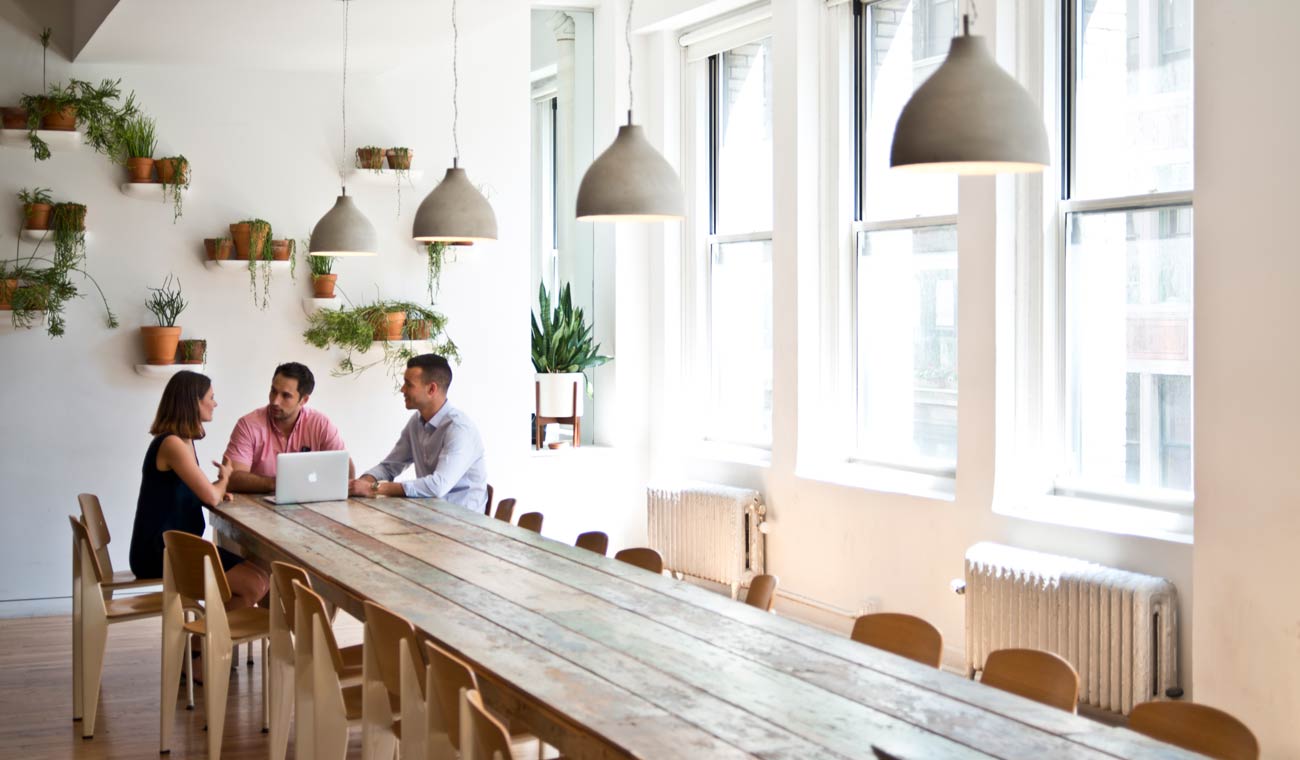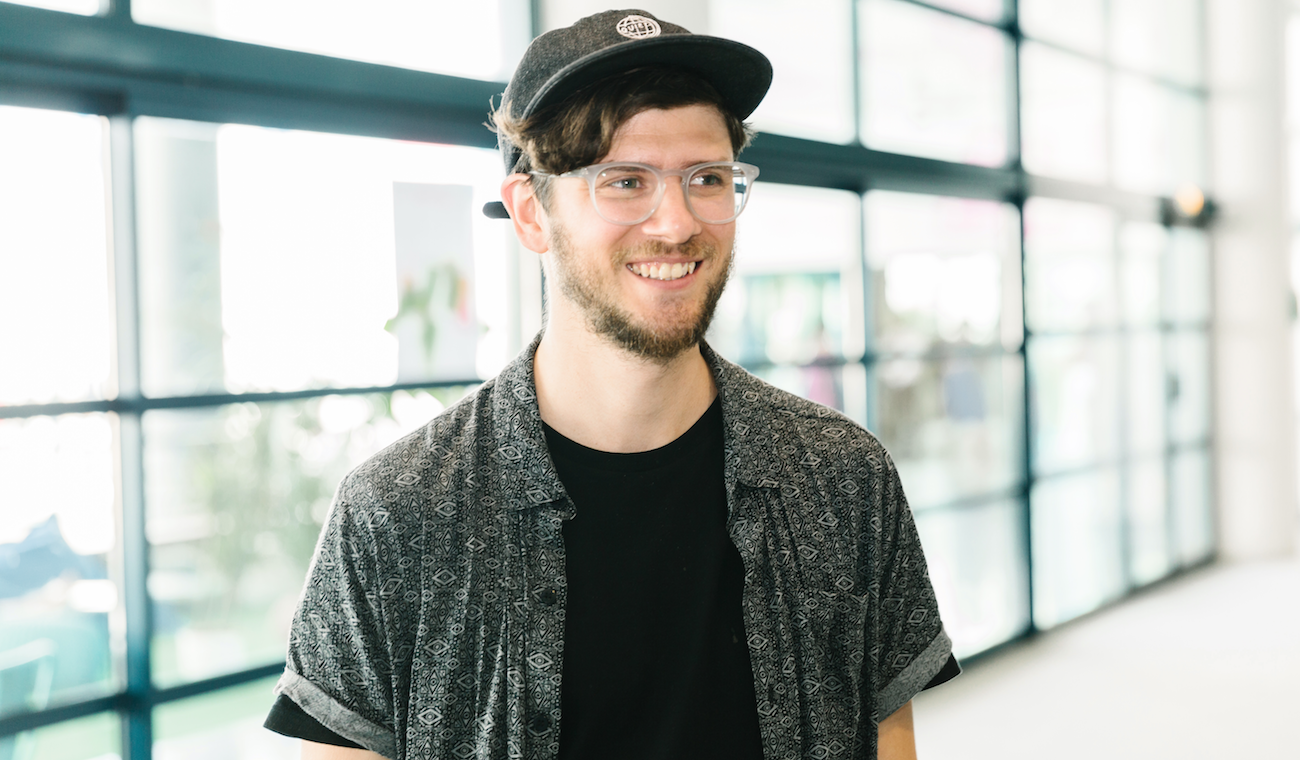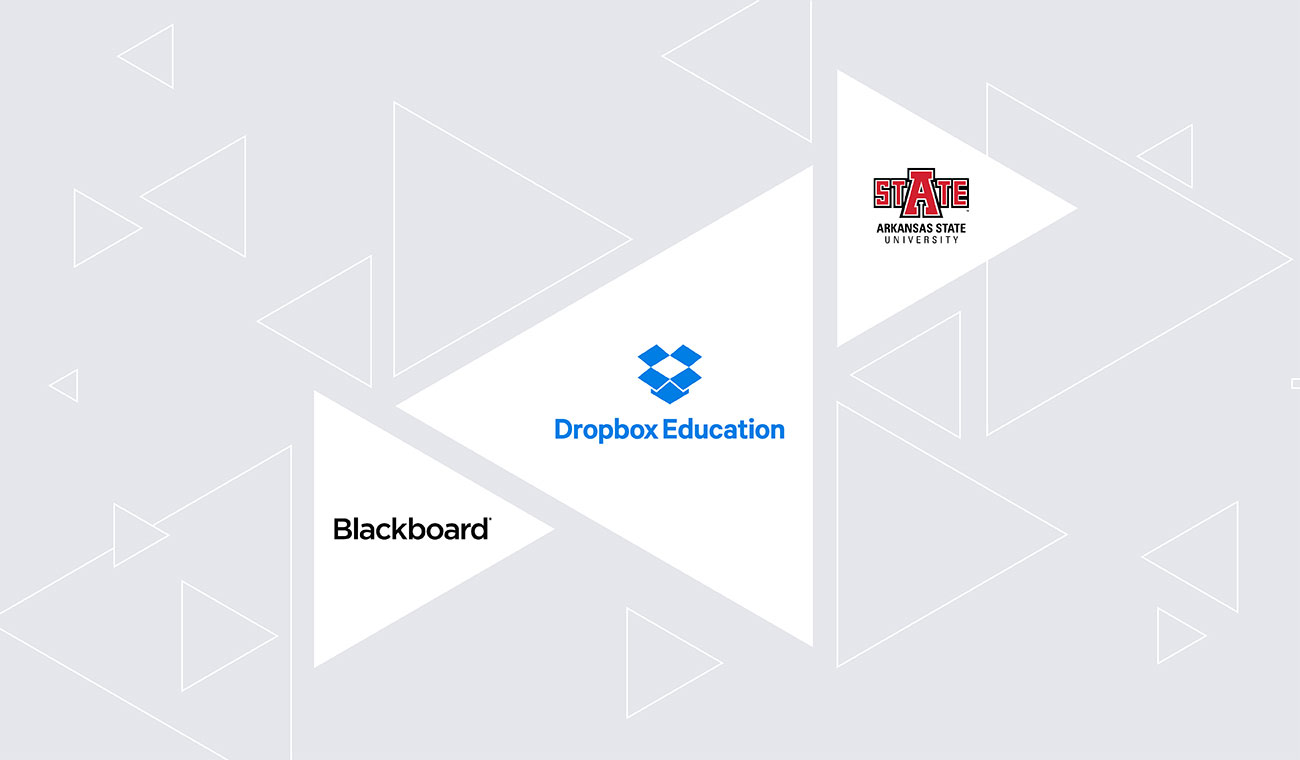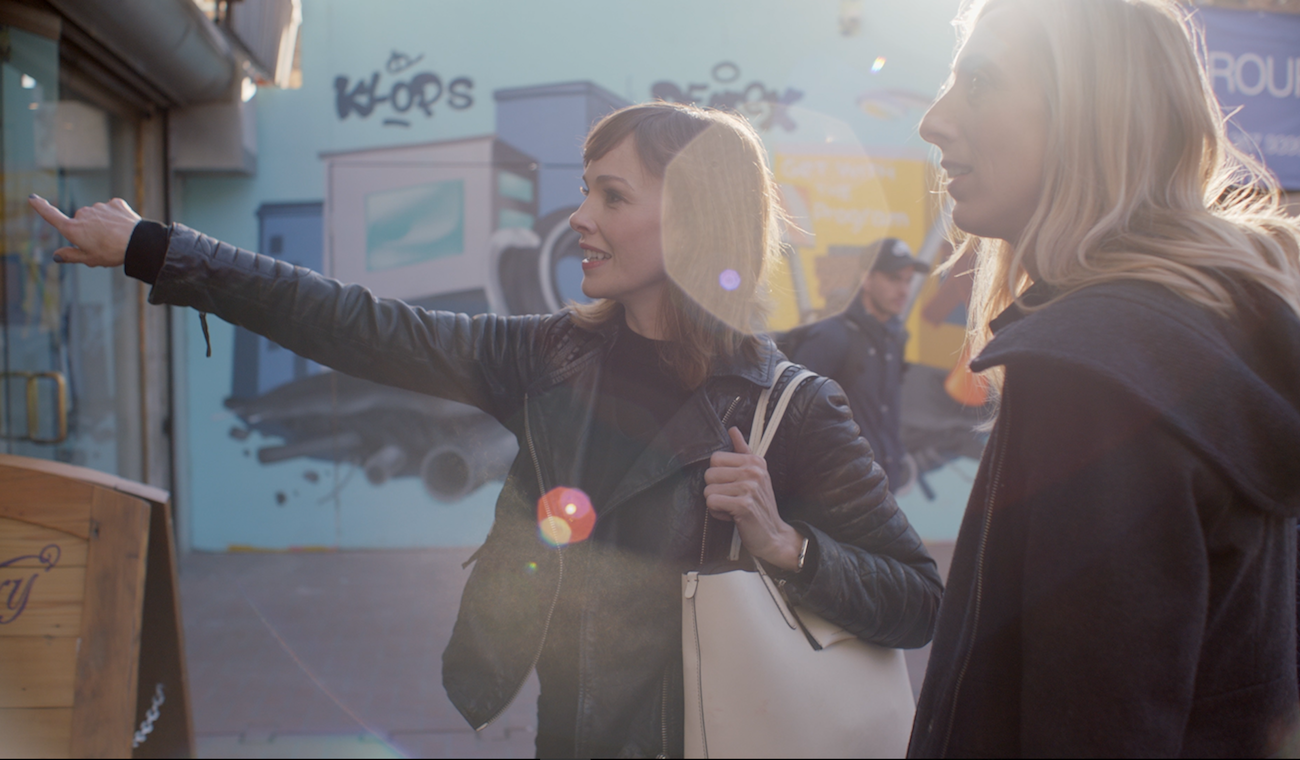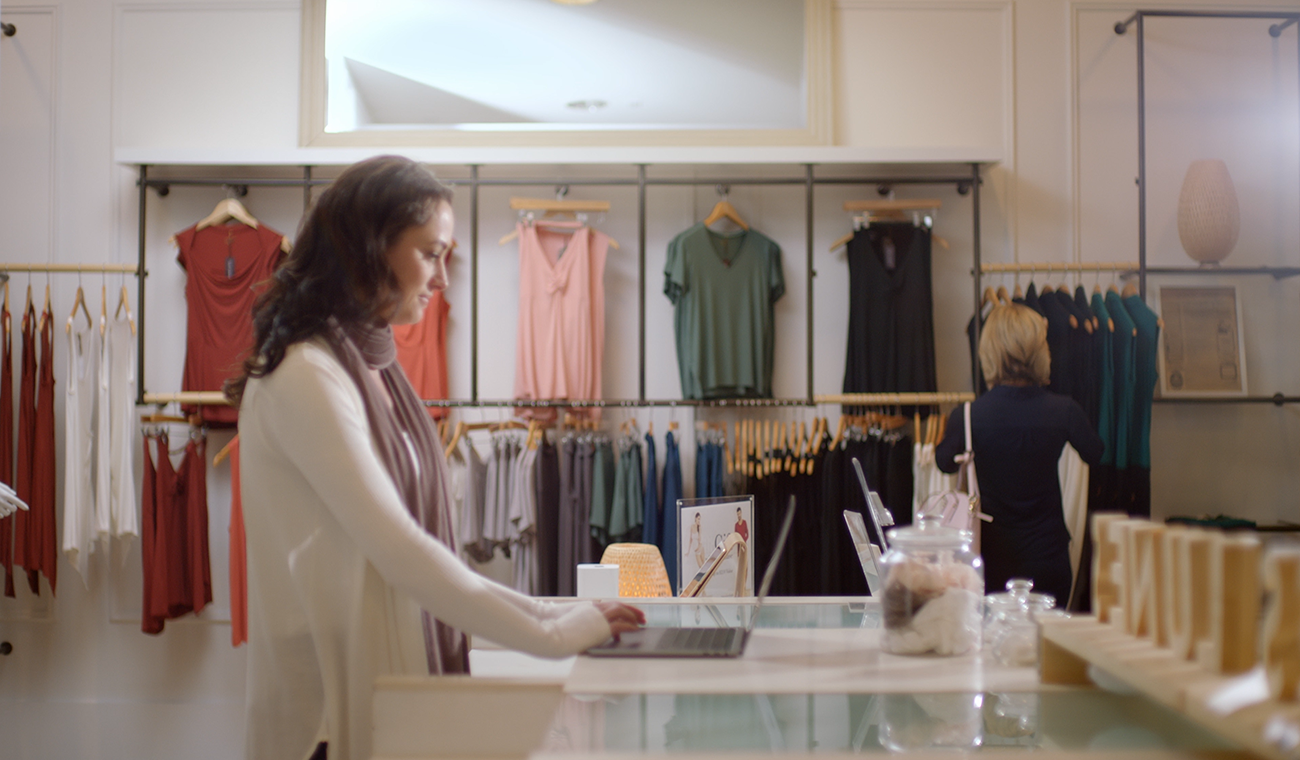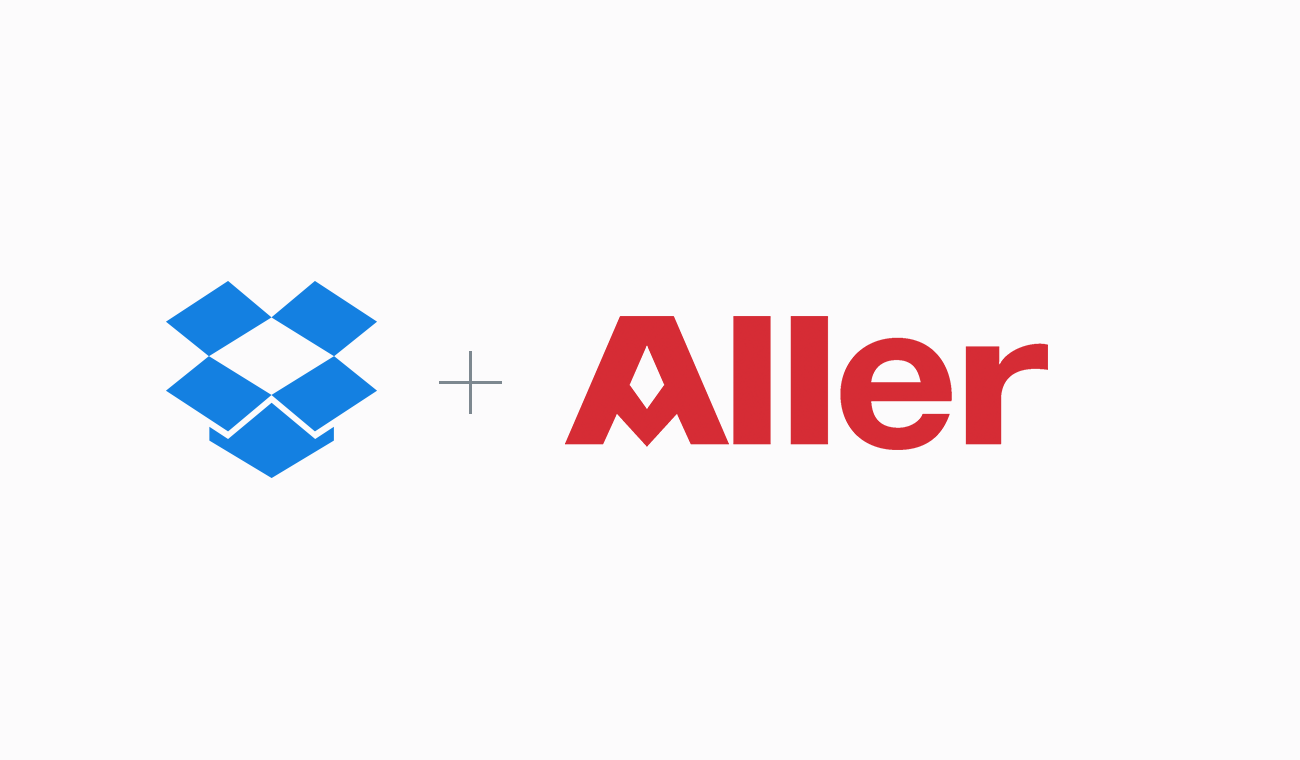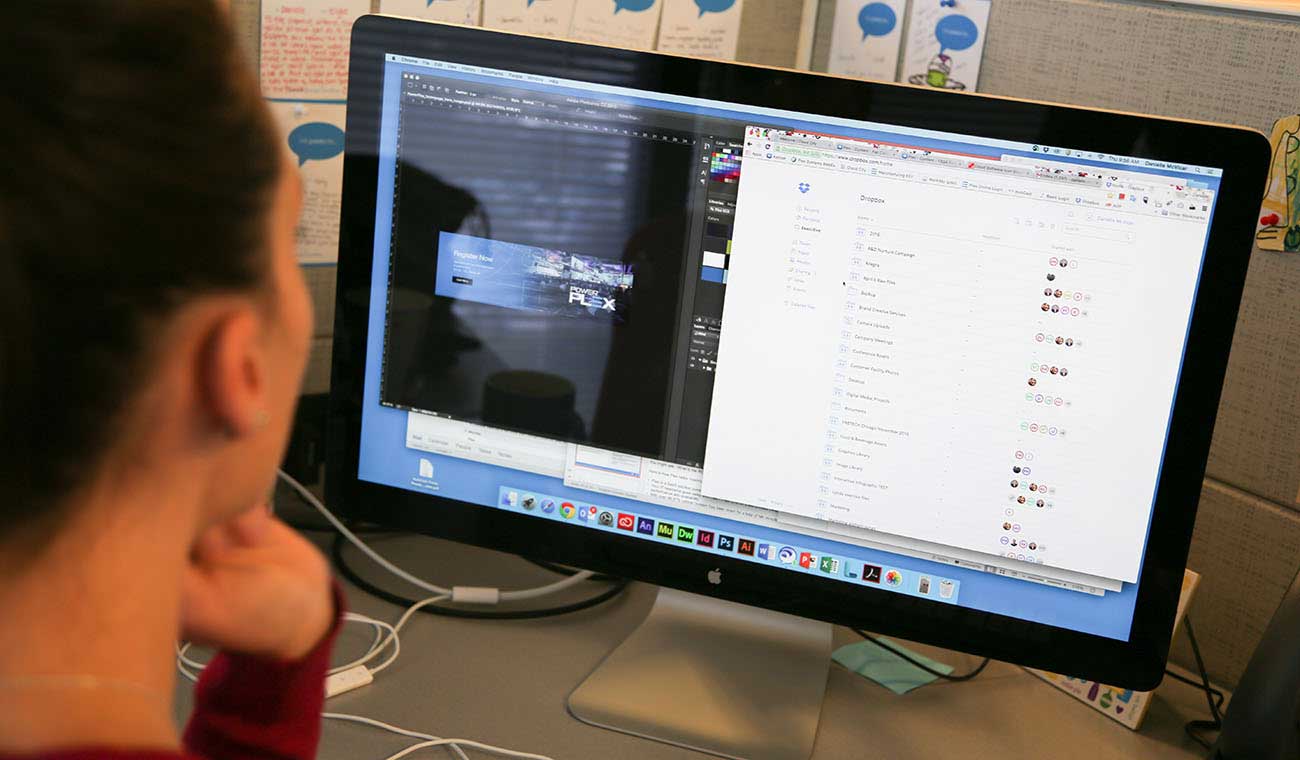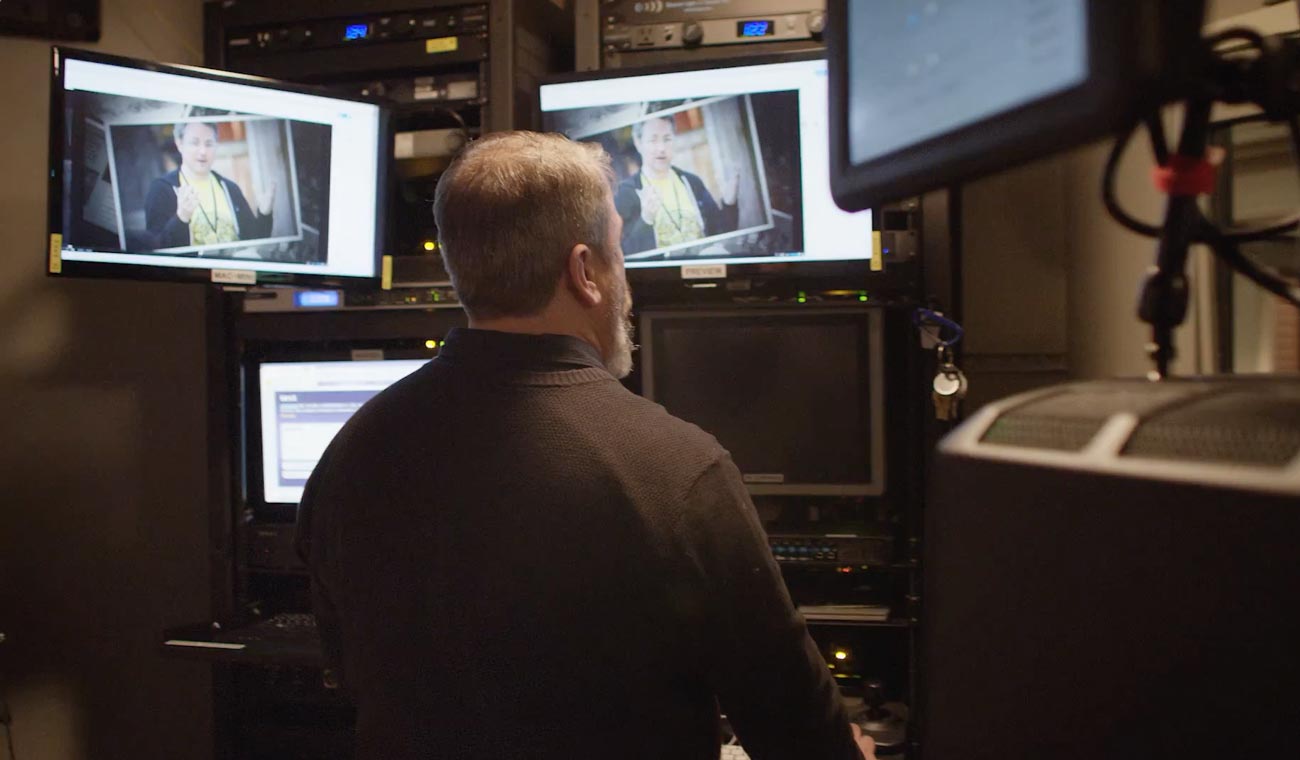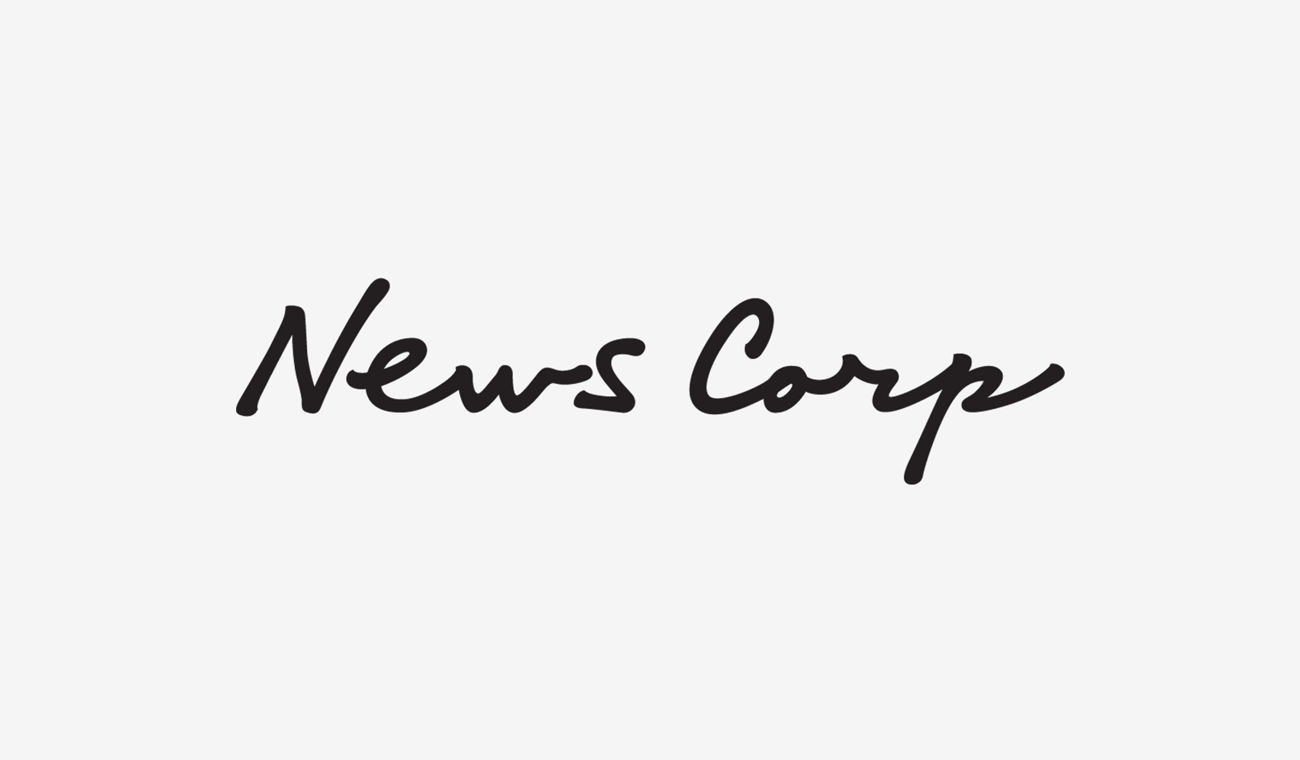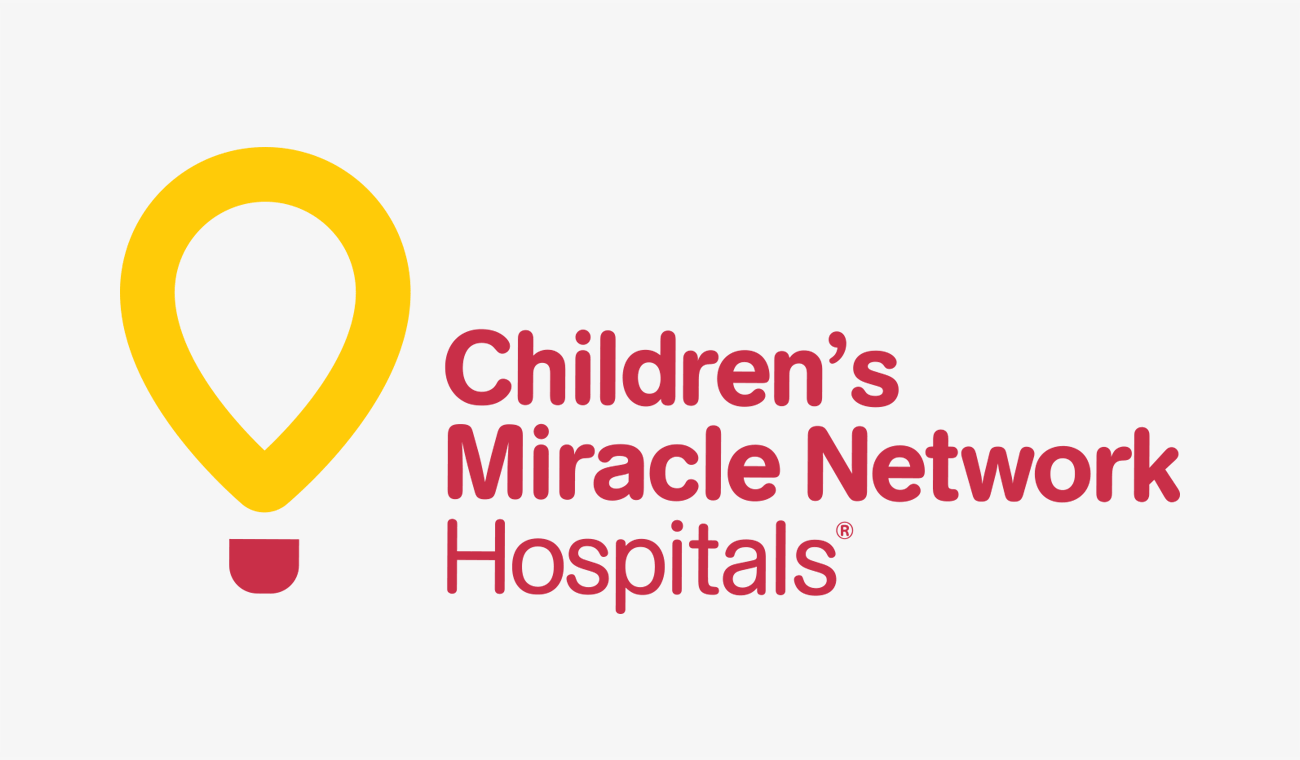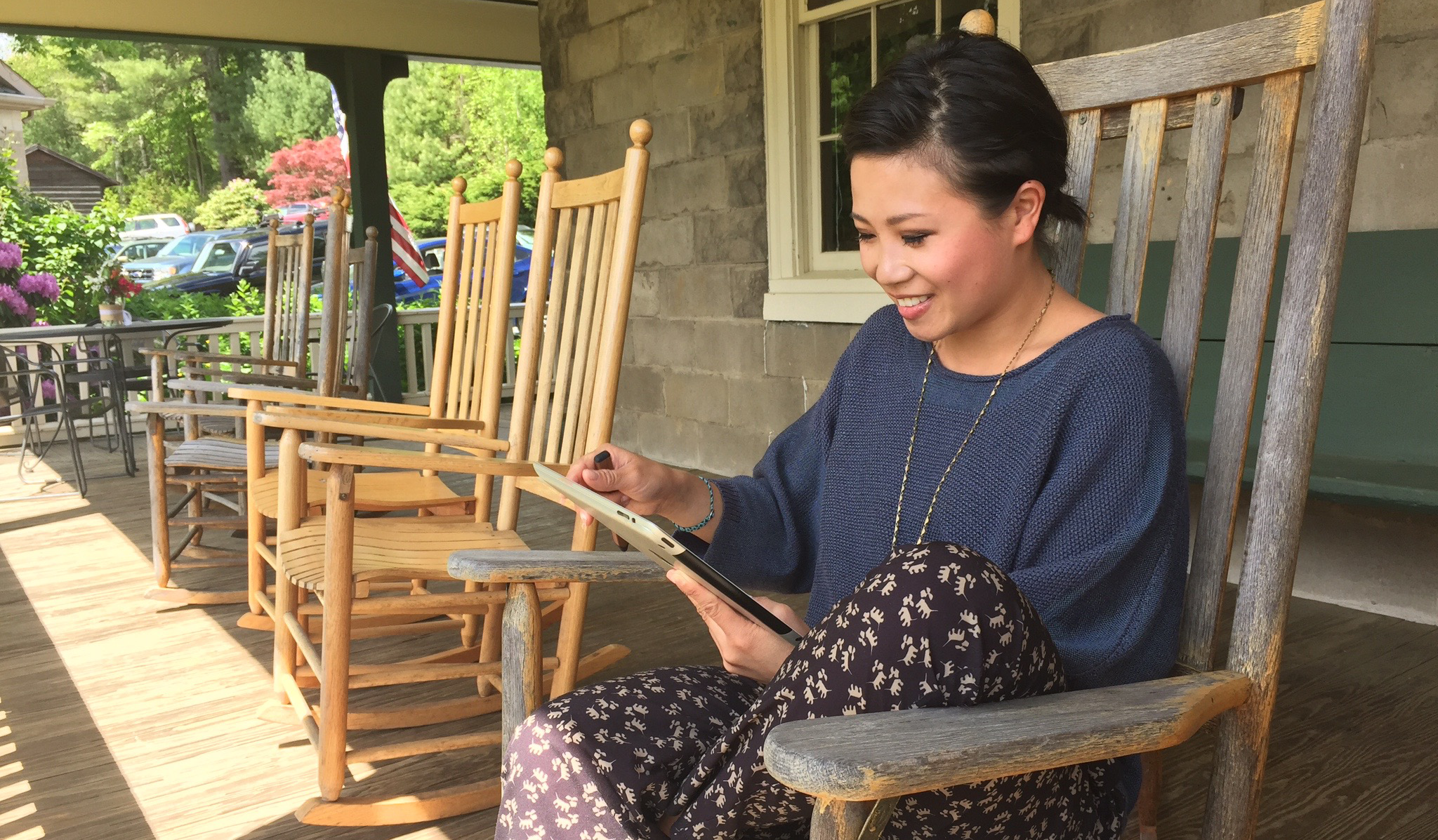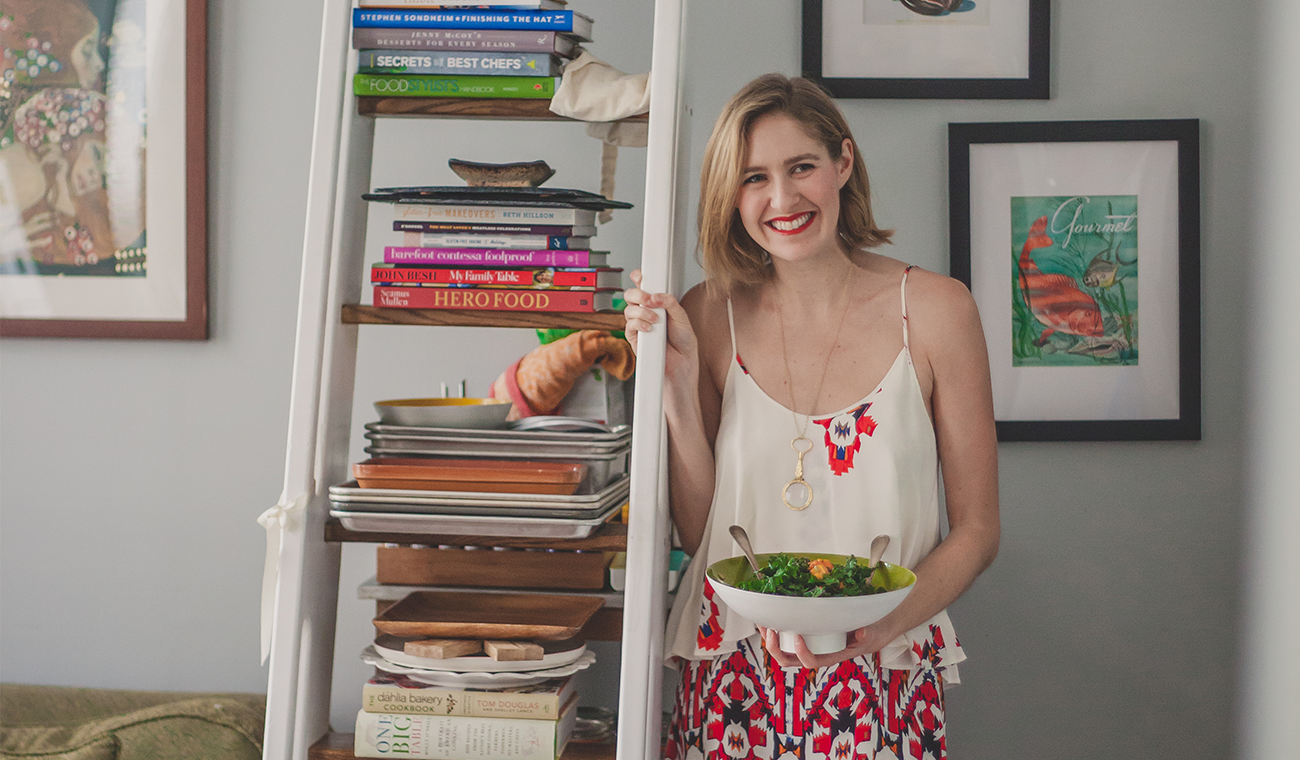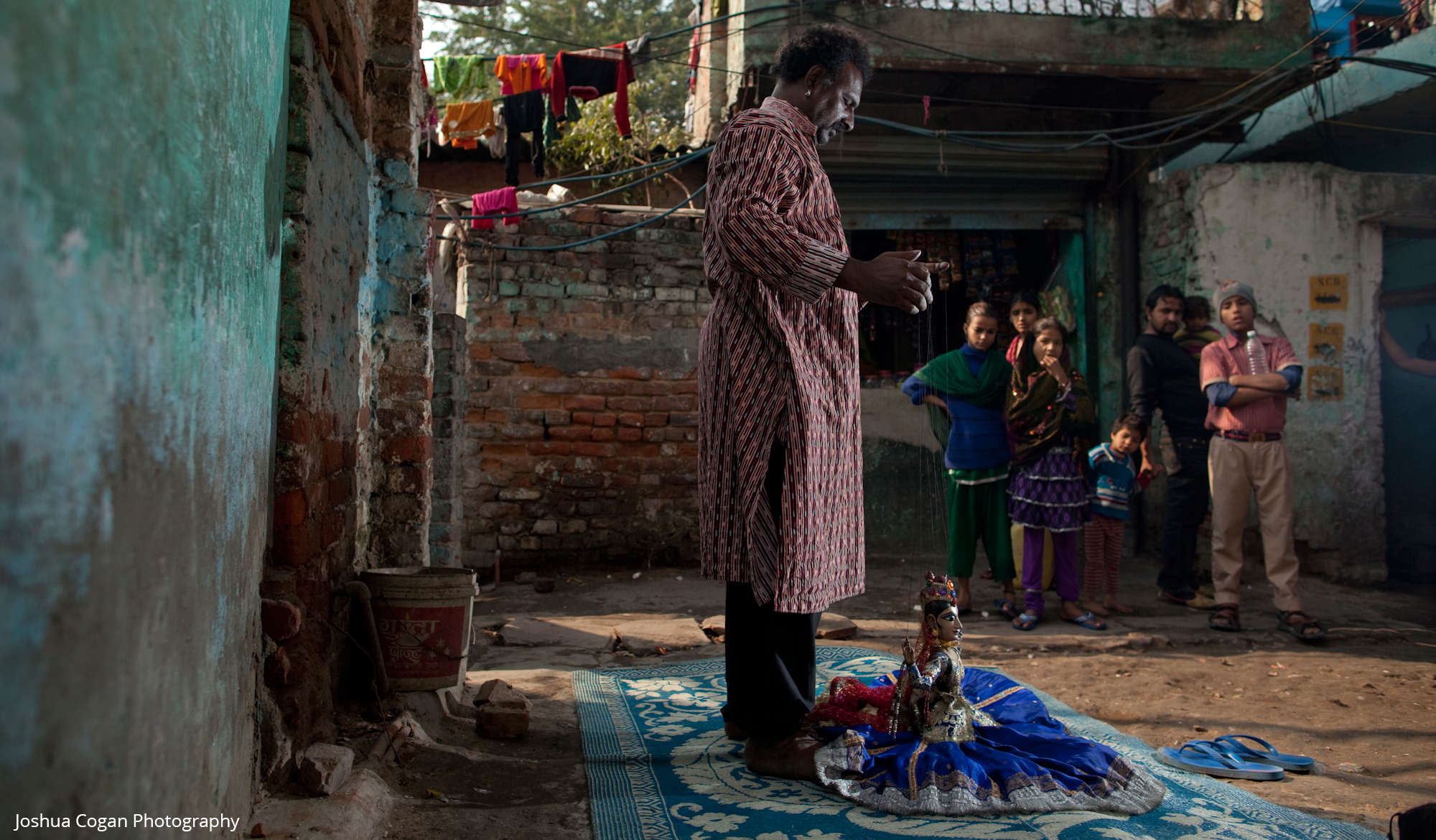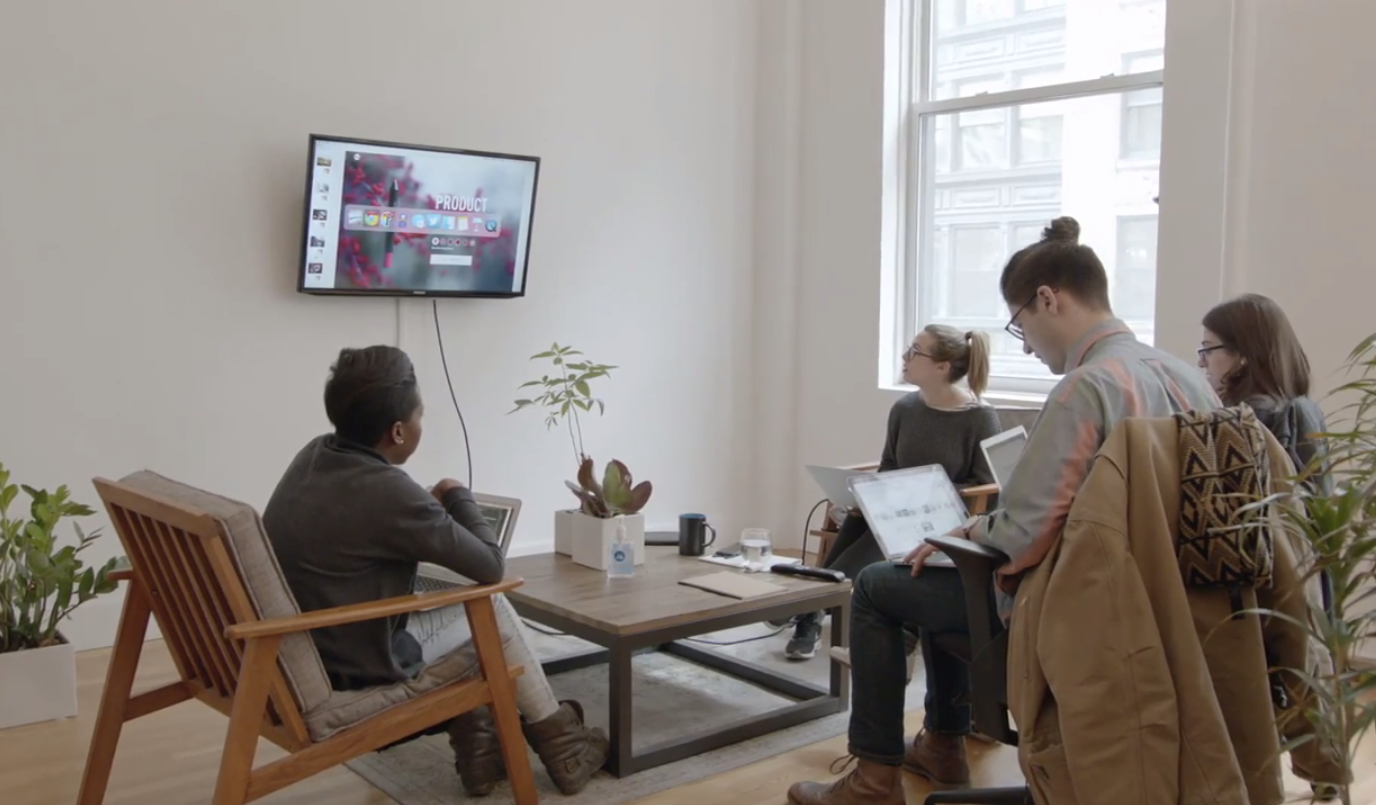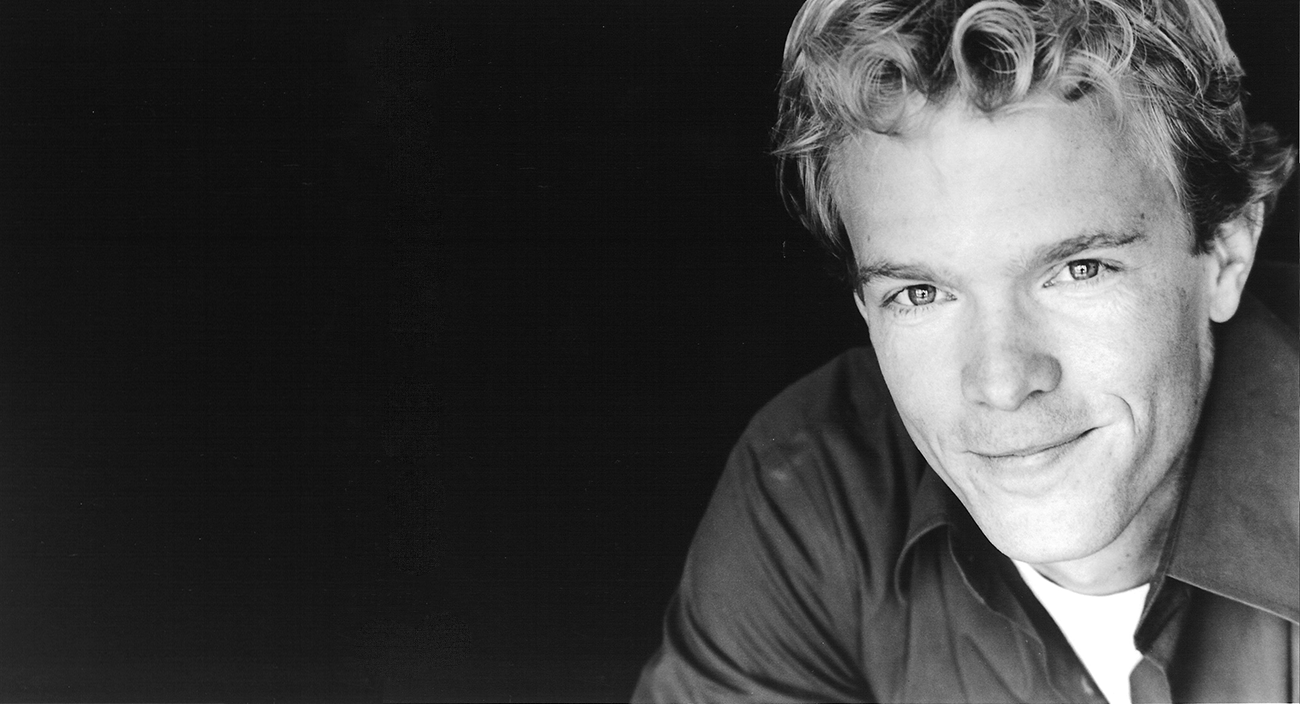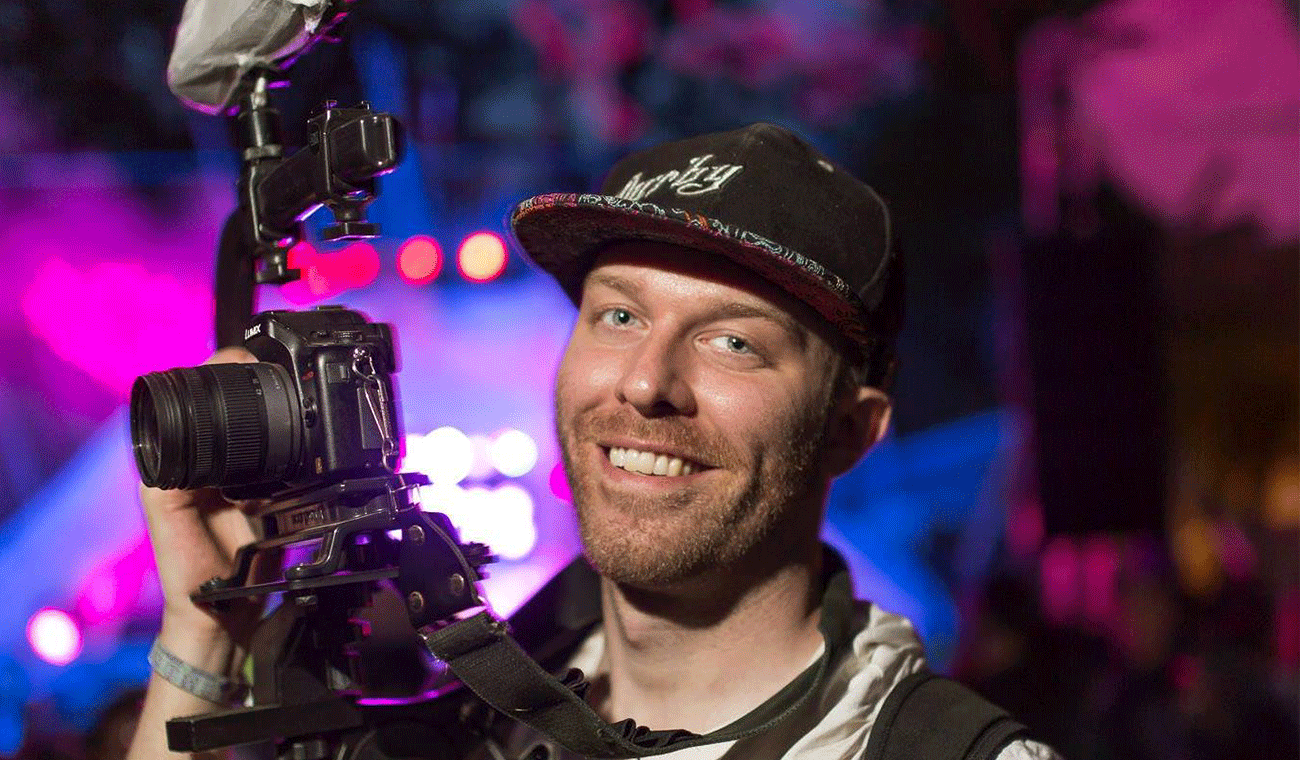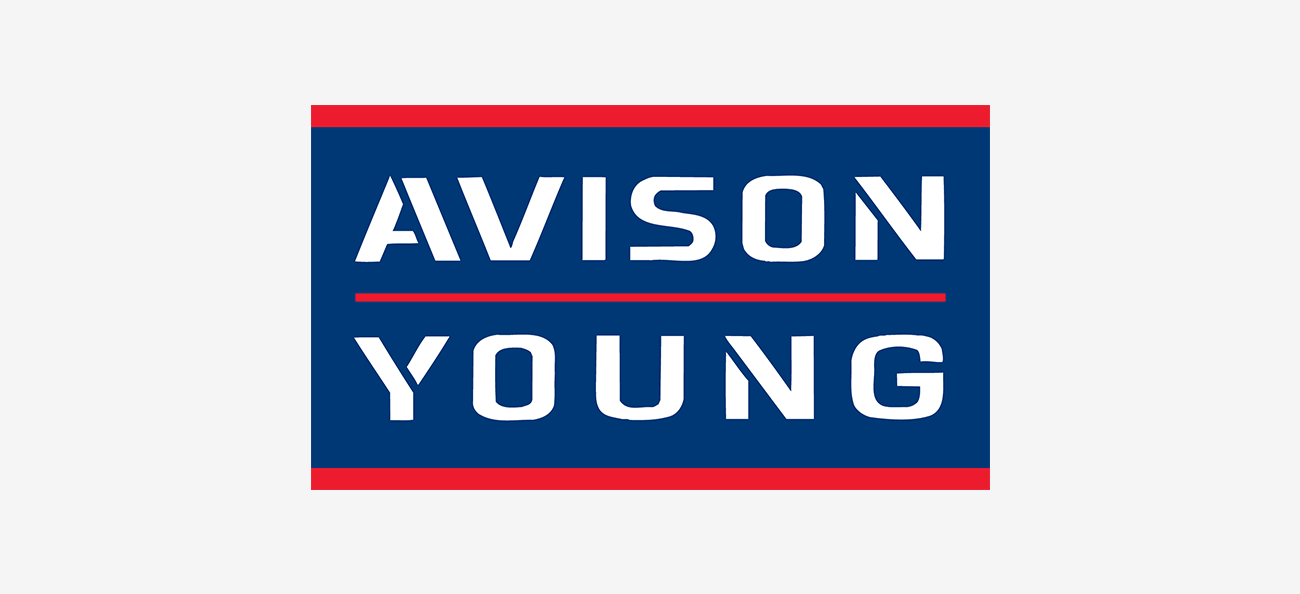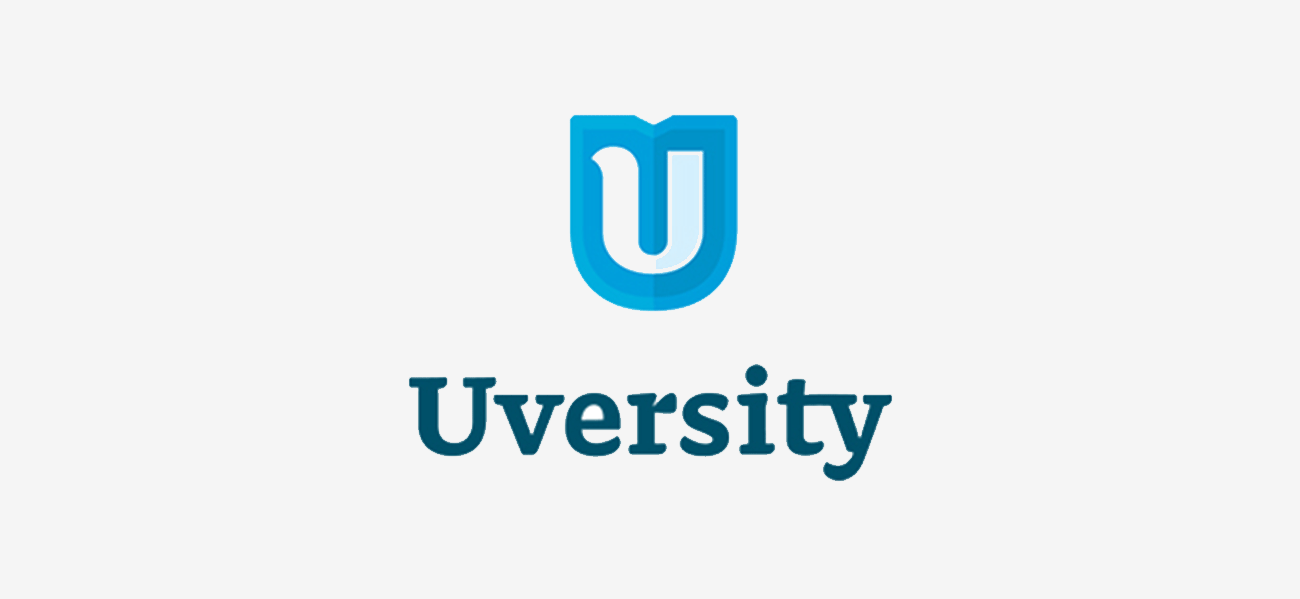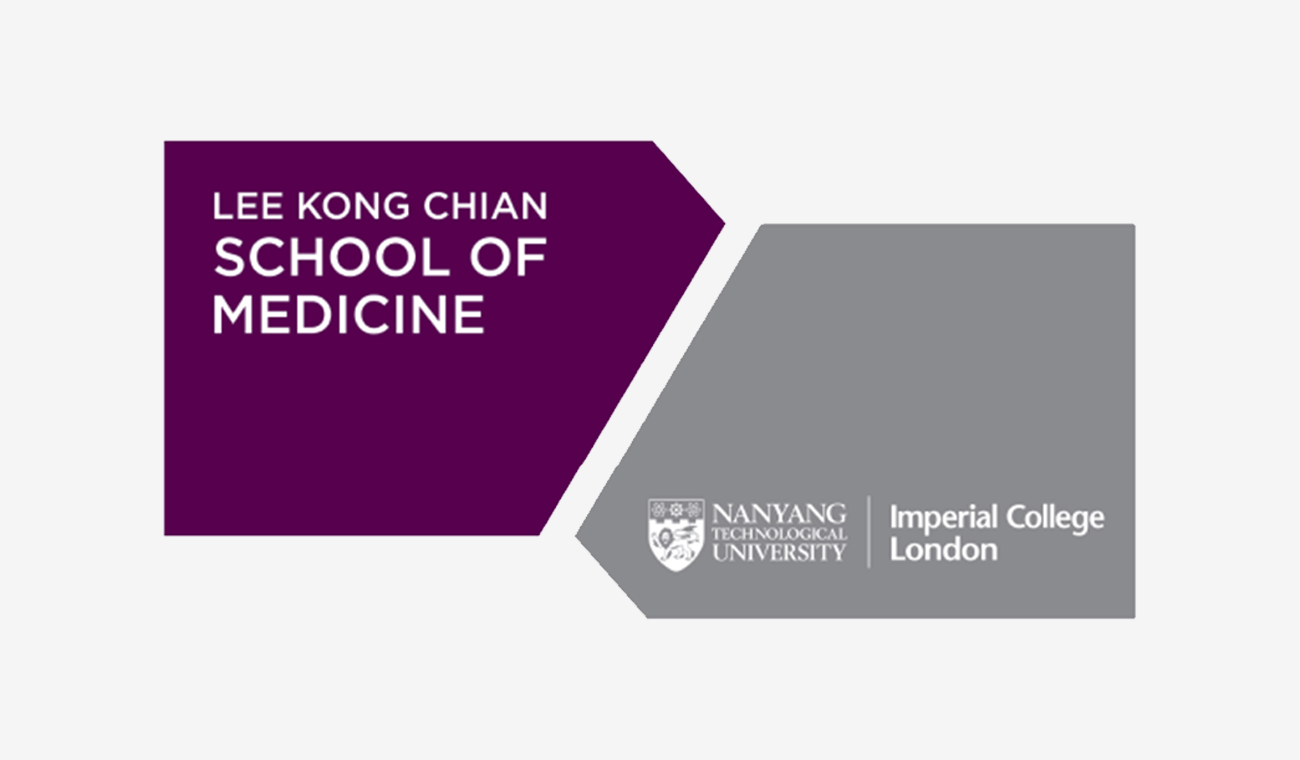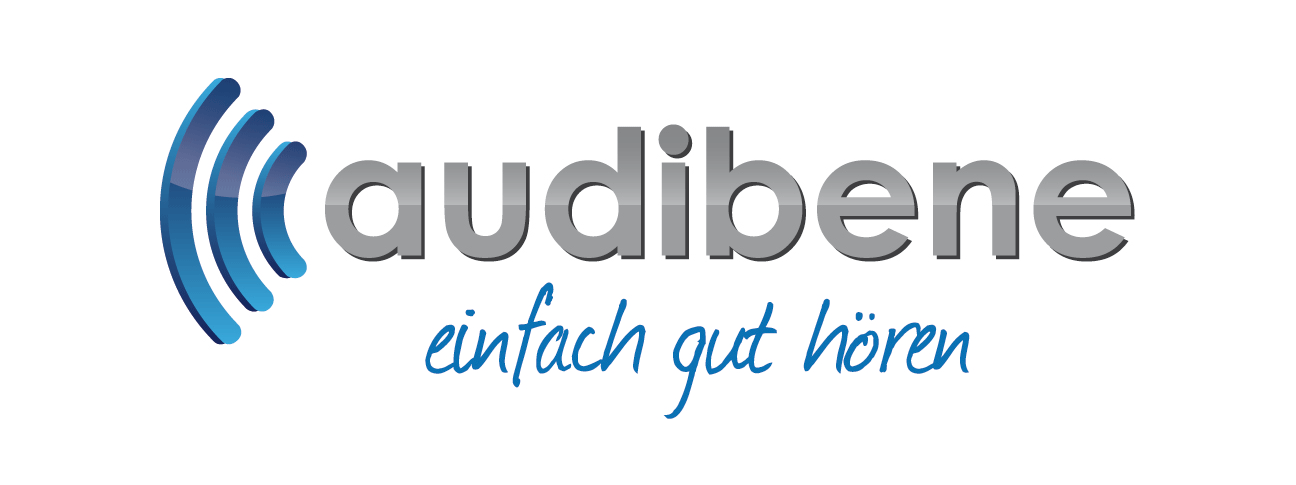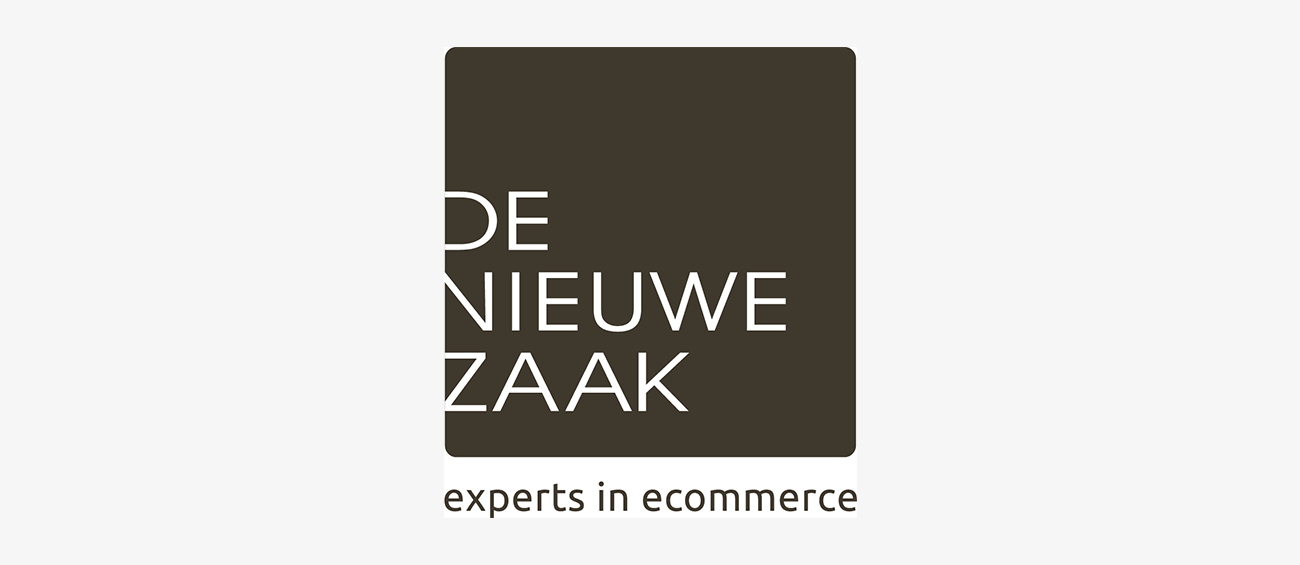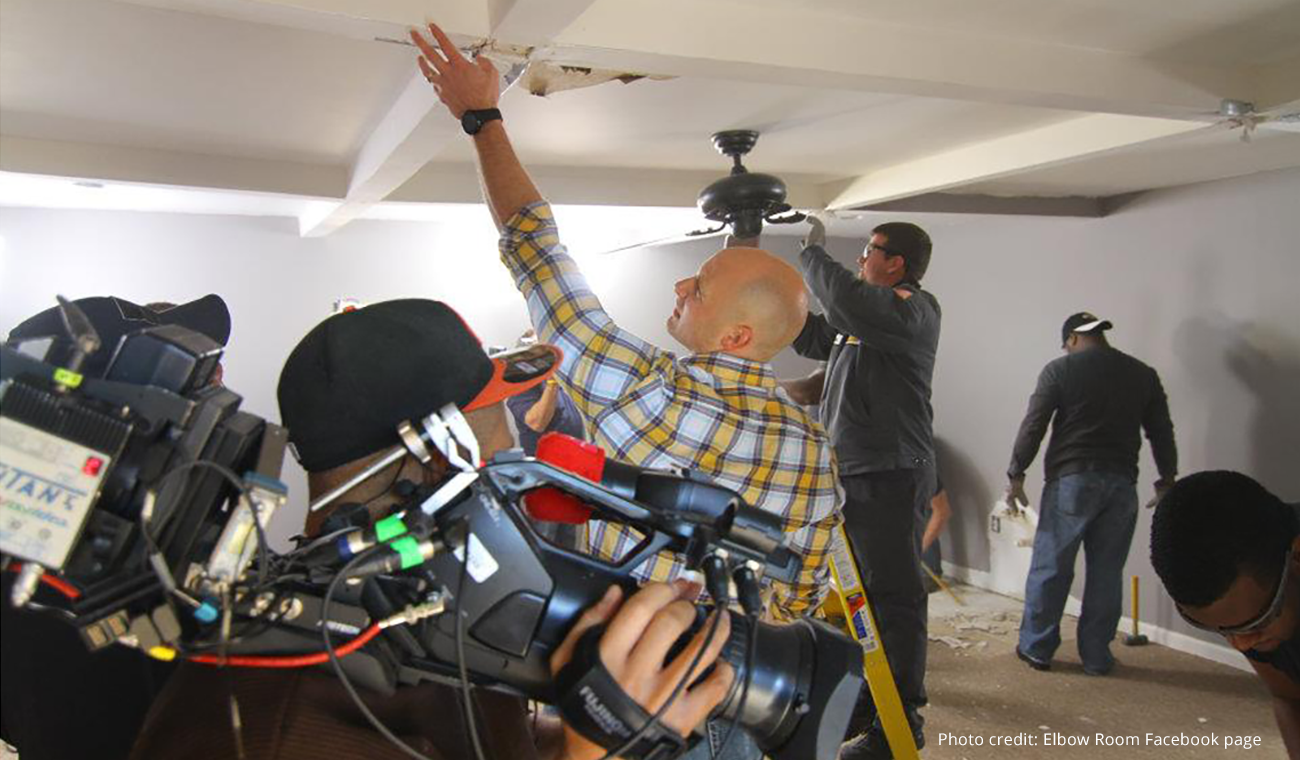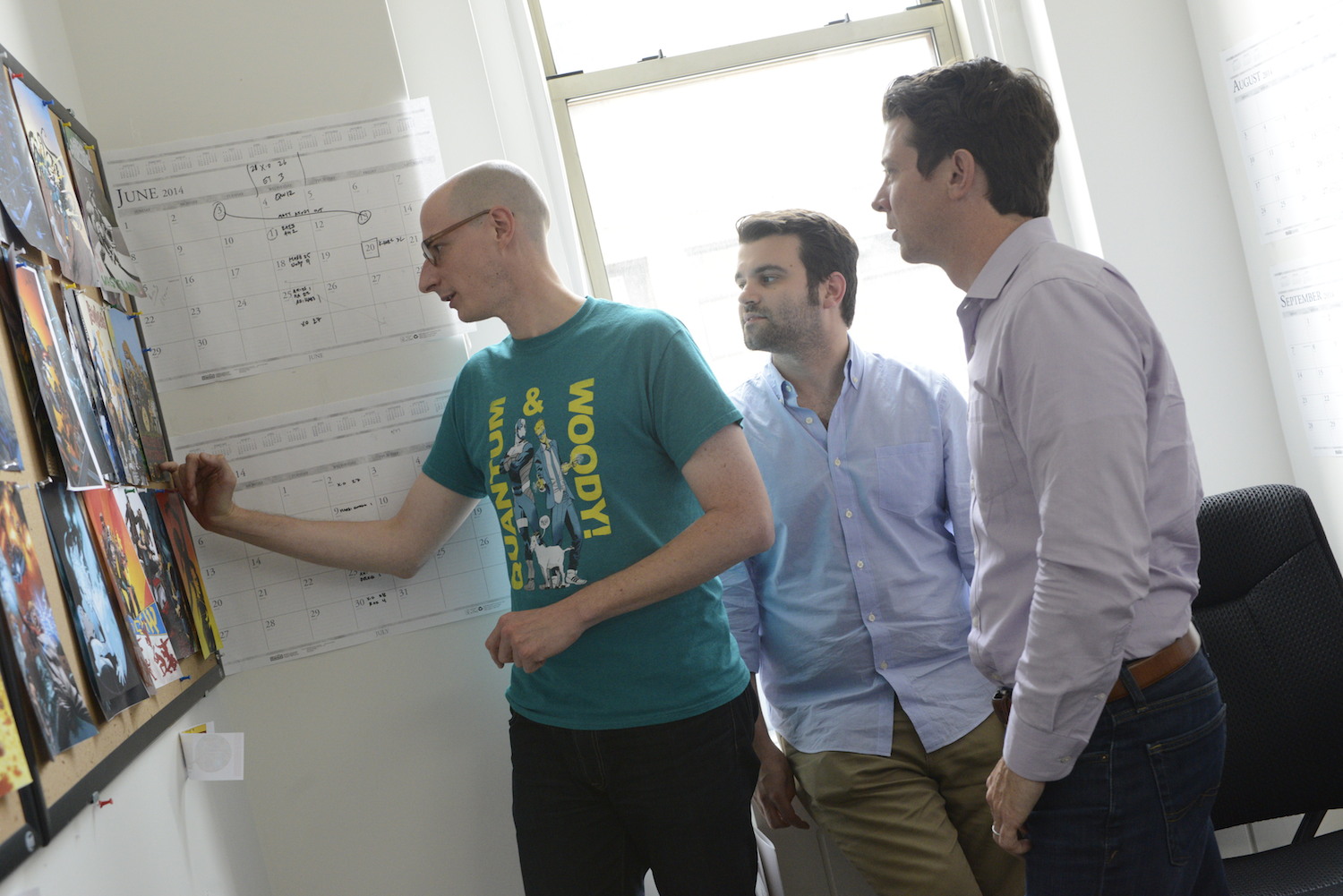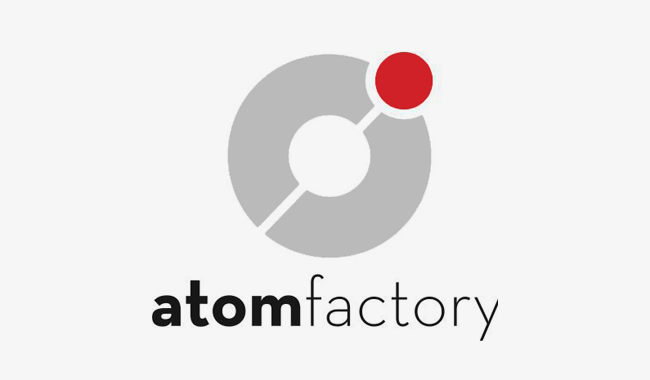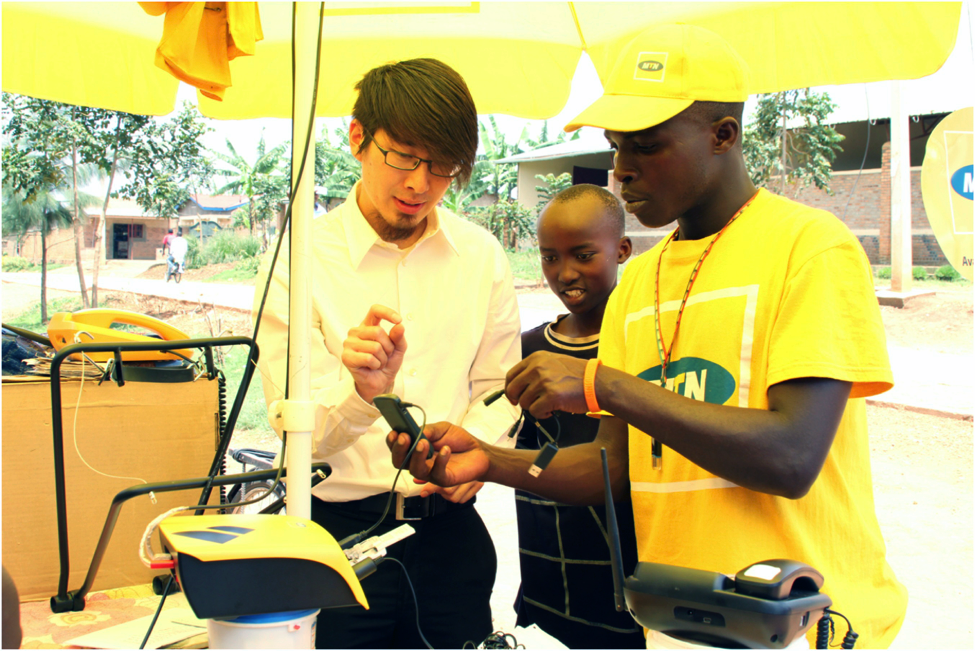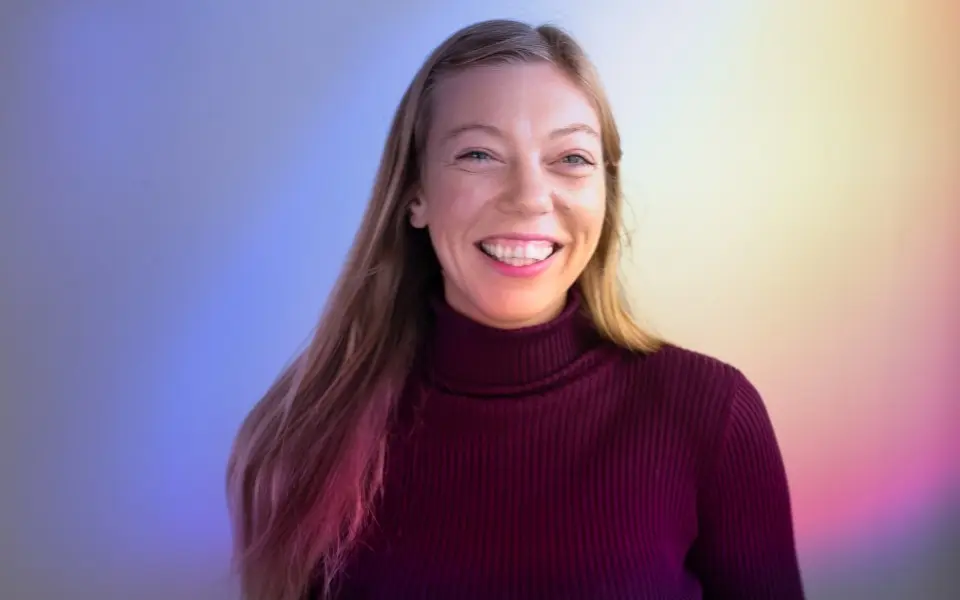
How a network of unlikely collaborators are hatching up new ideas
Published on January 07, 2022
A collective of creatives and academics unite to highlight their work, and what can happen when people with different ways of thinking connect.
“Collaboration” brings to mind images of different people coming together to create something bigger than themselves. But more often than not, even when those different people have had different approaches and perhaps even different backgrounds, their talents are usually very similar, if not exactly the same.
So, yes, a rapper linking up with a country singer can lead to an unexpected sound, but ultimately they’re both musicians. And an author partnering with a screenwriter to adapt their story or tell a new one is still working with a fellow wordsmith.
Heather Falconer is more interested in unexpected pairings, like a yoga instructor with a philosopher. What would they talk about? What could come from that conversation?
“That’s when the magic happens,” Falconer tells me over Zoom from her home in upstate New York. “That’s when ideas happen.”
And that’s the reasoning behind Hatchers, a “think tank meets ideas factory” Falconer founded in 2016. A creative director by trade and connector of people by habit, Hatchers lets Falconer cultivate and harness the magic found in these types of seemingly odd-couple pairings. Ideas are a powerful conduit for learning and connection, she says. So bringing together disparate talents and thinkers is a way to foster new ideas and inspire other creators and academics. What ideas could come from these two? Would there be more similarities than differences? And what big truth could be found in those differences and shared beliefs?
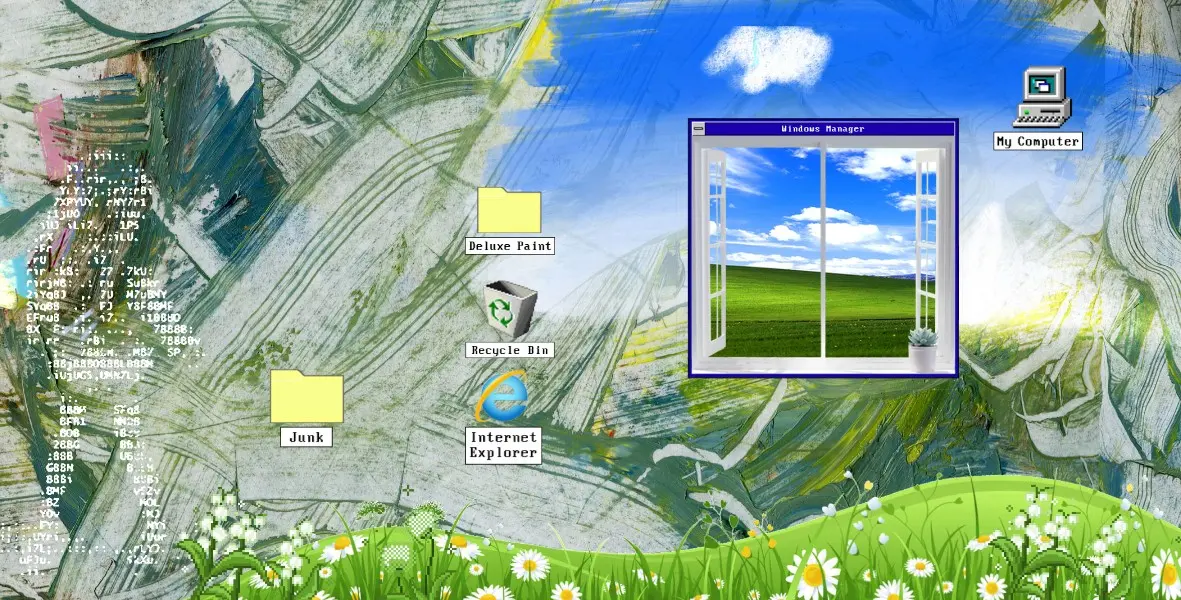
Spinning a career
Since its launch, this network of creators has grown to become a core group of 25 “hatchers.” You’ll find the aforementioned yogi and philosopher there, as well as a conductor, journalists, fashion designers, artists across all kinds of mediums, a physicist, and more. They create together using Dropbox as an external, shared hive mind to bring their collaborations to the public through content, virtual and live event series; brand activations; and curated art galleries and experiences, which have gone virtual due to COVID.
For every Hatchers project, there’s a Dropbox folder filled with images, sketches, book excerpts, recipes, scans of handwritten notes, exercise videos, floor plans, audio, and more, making the somewhat chaotic act of creating and collaborating easier to navigate and organize. The collective also has a recommendations folder to keep the group inspired and talking—people will drop comments saying “Oh, I hadn’t heard of that book,” or build on a recommendation with another one.
“Everyone seems to use Dropbox,” Falconer explains, “whether it’s the visual artists, the writers, the professors. [It’s] the common thread that runs through everyone, which I think is great because it makes us more unified, more streamlined, consistent.”
In many ways, Hatchers is a natural extension of Falconer and her career thus far. After graduating from the University of Brighton amidst the financial crisis in 2009, a “series of serendipitous events” led her to launch a U.K. youth culture magazine called Spindle.
“I’m very fascinated with this concept of bringing different minds together."
“It was my final major project at art college,” she explains. “I thought, ‘I’ll graduate, I’ll get a job.’ And that never happened.”
“One day,” she continues, “I received an email from my old graphic design lecturer, saying, ‘Heather, I love the concept that you put together for Spindle. Let’s start it for real.’”
Once unsure of what direction to go after graduating, the email was a push toward something that felt attainable. Falconer moved back to her college town of Brighton in East Sussex, and built up her team—some were people she had studied with, and others were new friends in the fashion, music, and art scene.
Spindle launched as a print mag in May 2010 and was distributed in the U.K. and the U.S. (The professor’s ultimate role in the magazine was to give that nudge she needed to believe, “Okay, I can do this,” she says.) The magazine’s pages were the testing grounds for what Falconer would do at Hatchers a few years later.
“We thought, ‘How many different creatives can we get involved?’” she recalls. “We had the bands doing their own illustrations. The musicians, they would write an article for us.”
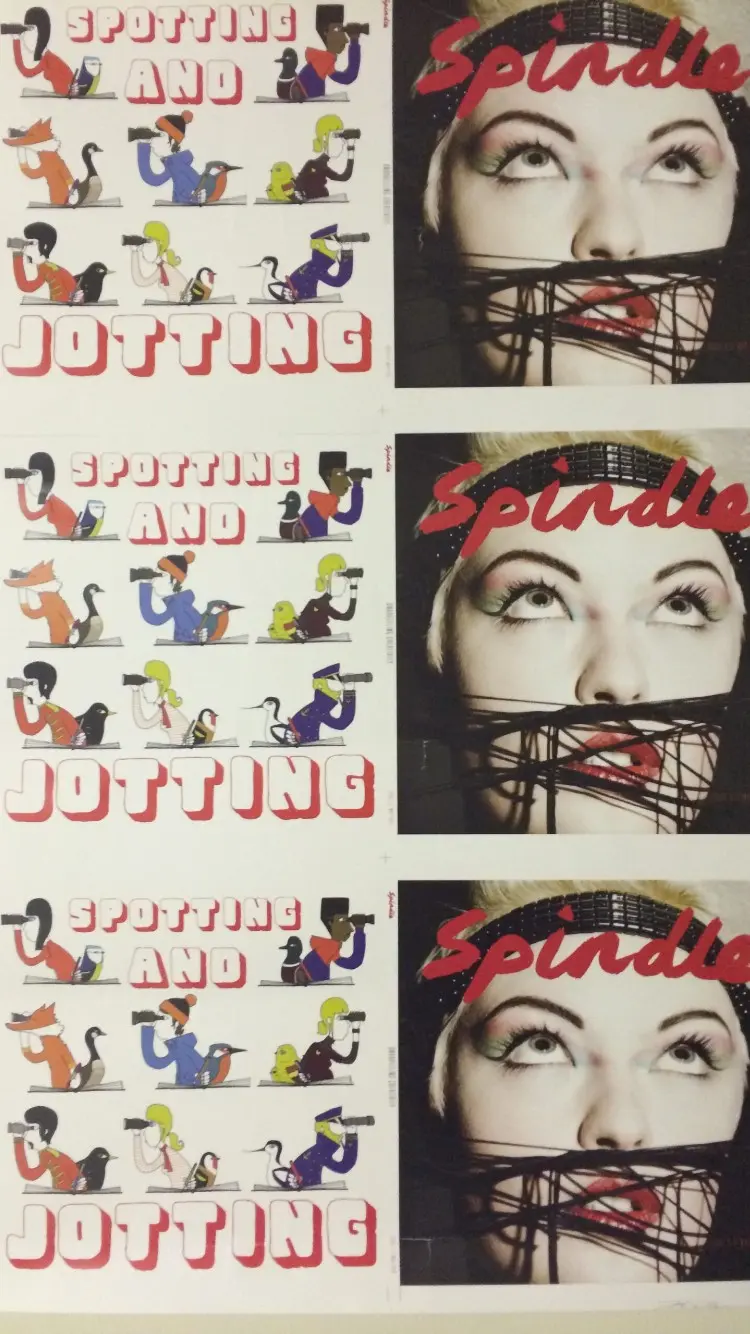

Hatching a passion
Falconer ran Spindle for six years before ultimately deciding to sell it as she prepared for a move to New York City. Even though she felt selling was the right choice, “there was still so much to do,” she says. She took the next few years to think about what she wanted her next project to be.
“I’m very fascinated with this concept of bringing different minds together. I was never part of one friendship group. I would have friends everywhere,” she explains.
After meeting so many creators and entrepreneurs, Falconer decided to launch Hatchers as a way to spotlight a few of those people and their creative processes through interviews. The first Hatcher was Maria Kozak, a 3D new media artist and fine art painter, who talked to Falconer about creative flow and emerging tech; the collective would grow to include fashion designer Anna Sui, composer Paola Prestini, and physicist-novelist Alan Lightman.
Each new conversation with a Hatcher brought about new opportunities for collaboration as people asked Falconer to help them bring their ideas to reality. It just made sense to bring in someone else she knew into this project or that conversation, what with her being such a natural connector. (It’s been awhile since many of us have attended a crowded house party, but Heather Falconer is definitely someone you’d find in the kitchen, ending a deep conversation with “I have to introduce you to so and so.”)

... Hatchers shares the messy, not-quite-there-yet creation phase of their work with each other through Dropbox.
In the process of supporting and talking about creatives’ work, Hatchers has become “a container for stories about the jubilant and sometimes painful act of expression, and everything that goes along with that.”
Falconer likens the work she facilitates through Hatchers as “anti-social media.” While social media focuses on the end product—the polished music video or the peer-reviewed research—Hatchers share the messy, not-quite-there-yet creation phase of their work with each other through Dropbox.
“Whether it’s coming up with the research for scientific experiments or it’s creating new artworks for an exhibition, there is always that anguish and that frustration in some way, which does [lead to] breakthrough,” she explains. “So we very much support that and actively talk about that.”
These conversations aren’t just siloed within the group, however. Hatchers host public events that encourage audience participation, and the website (which Falconer collaborated with Kozak via Dropbox to create the sensation of being inside someone’s mind) and newsletter has interviews that spark thought and Ooh, I should look that up.
“I really like the idea that if someone discovers it, then it’s their discovery,” she says. “[It’s] almost like going into a record store years ago and you could get lost in it.
“I’m very passionate [about] pulling people off just scrolling,” she continues. “If it’s one quote one person has said, which then drives people to go and pick up a book or to watch a YouTube video of a talk that they’ve done [then our work is done].”
Now that Hatchers has gone mostly digital since the pandemic, Falconer is finding new ways to get people talking and thinking. Last year she partnered with Hatcher and U.K.-based artist Stuart Semple to make one of his guerilla art performance pieces accessible during lockdown.
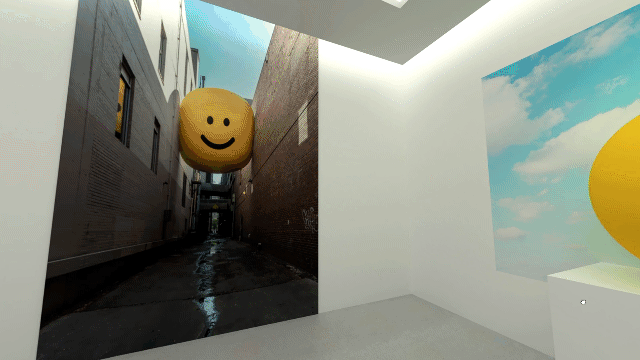
In the wake of the financial crisis, Semple unveiled “Happy Cloud” outside London’s Tate Modern Museum in 2009. About 2,000 puffy and pink smiley-faced “clouds” made of soap, dye and helium were released, making people stop and smile in the midst of economic upheaval. And a decade later, his public sculpture piece "I Should Be Crying (But I Just Can’t Let It Show)," wedged huge yellow smiling faces in alleyways around Denver.
“All of the work that he creates is very much about encouraging people to smile, to feel all of the feelings,” Falconer says. Lockdown presented a great opportunity to bring back the experience, this time with Hatchers and through virtual reality.
Falconer has also used this time to turn inward again and think about what’s next for Hatchers and herself. One of the upcoming projects she could share was a personal one: She’s going back to school part-time and remotely to get her Master’s in neuroscience and psychology from King’s College London. The return to school was inspired by her fascination with yoga nidra, she explains.
“It almost puts you in [a] lucid state,” she says. “I was reading books, studying more about nidra and the effects on the mind and brain. And that’s what really kind of sent me down that neuroscience part. That and then old, hippie type books from years ago. There’s a guy called Jess Stearn…”
As Falconer goes on, I make a note to learn more about yoga nidra and to check out one of the books by Stearn she references, Yoga, Youth, and Reincarnation. And then I realized, I’ve been hatched. This is exactly the type of exchange she loves: A yogi creative director who also dabbles in neuroscience and psychology talking to a writer about lucid state meditation.
What could come of that?

